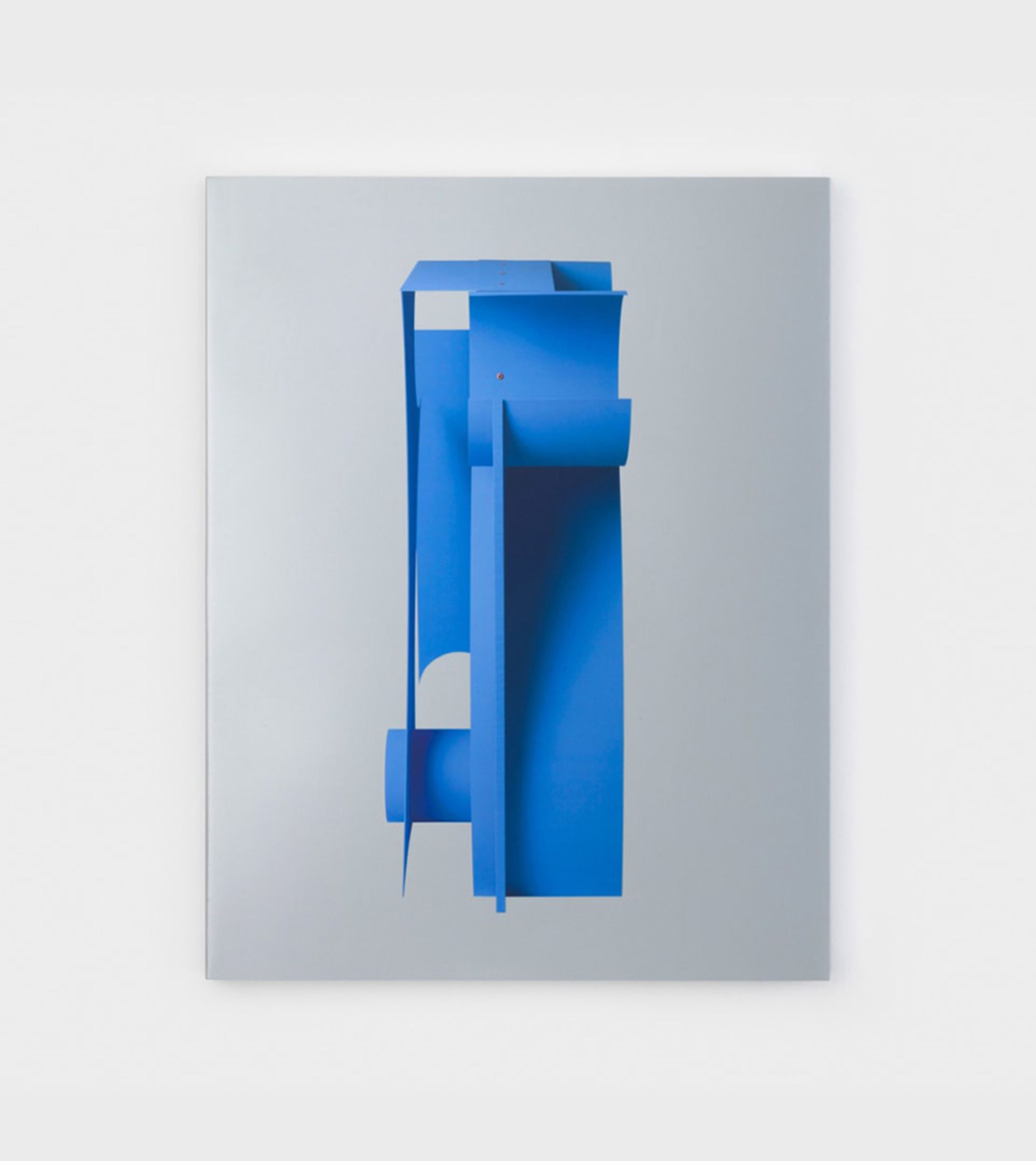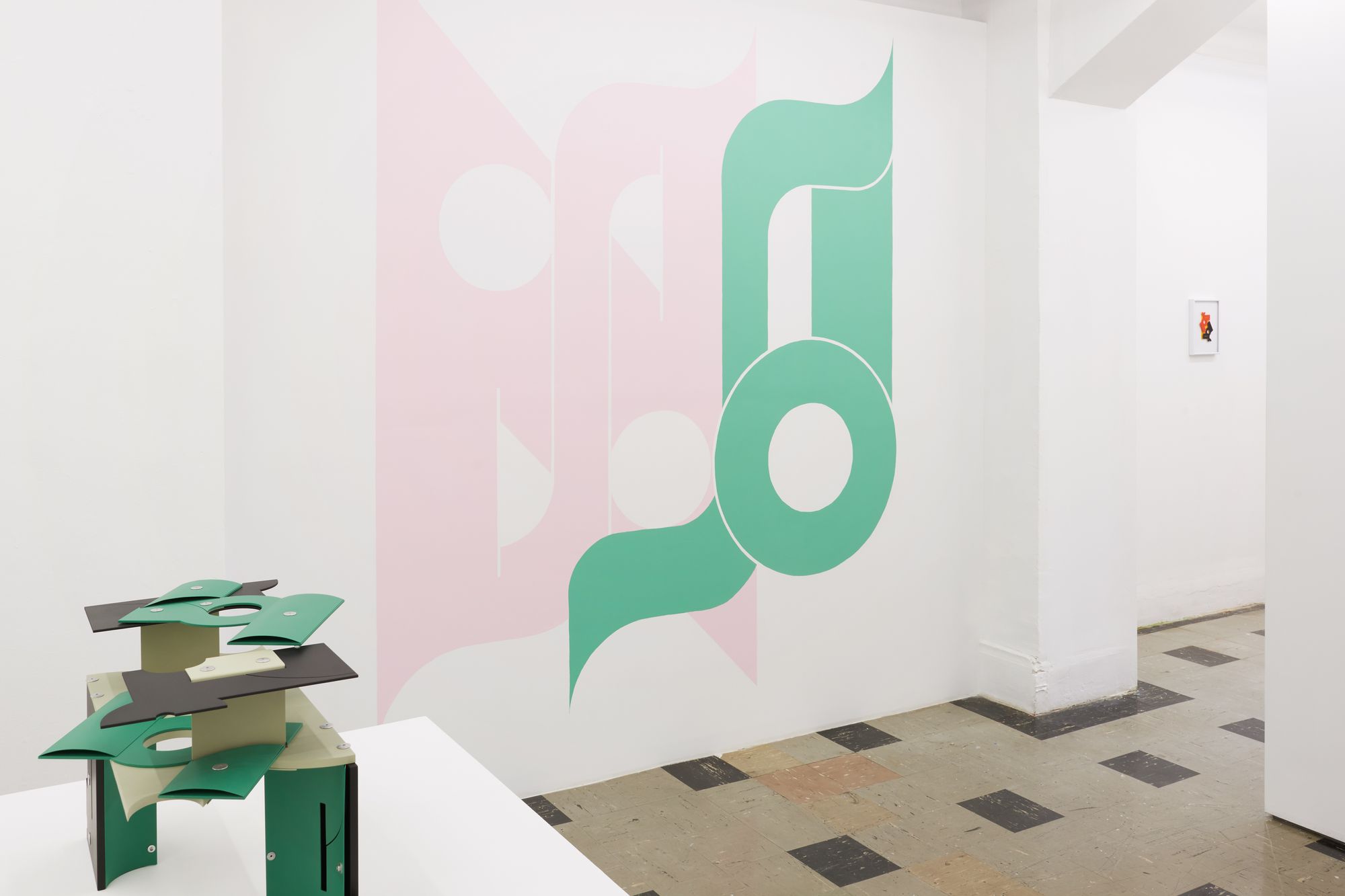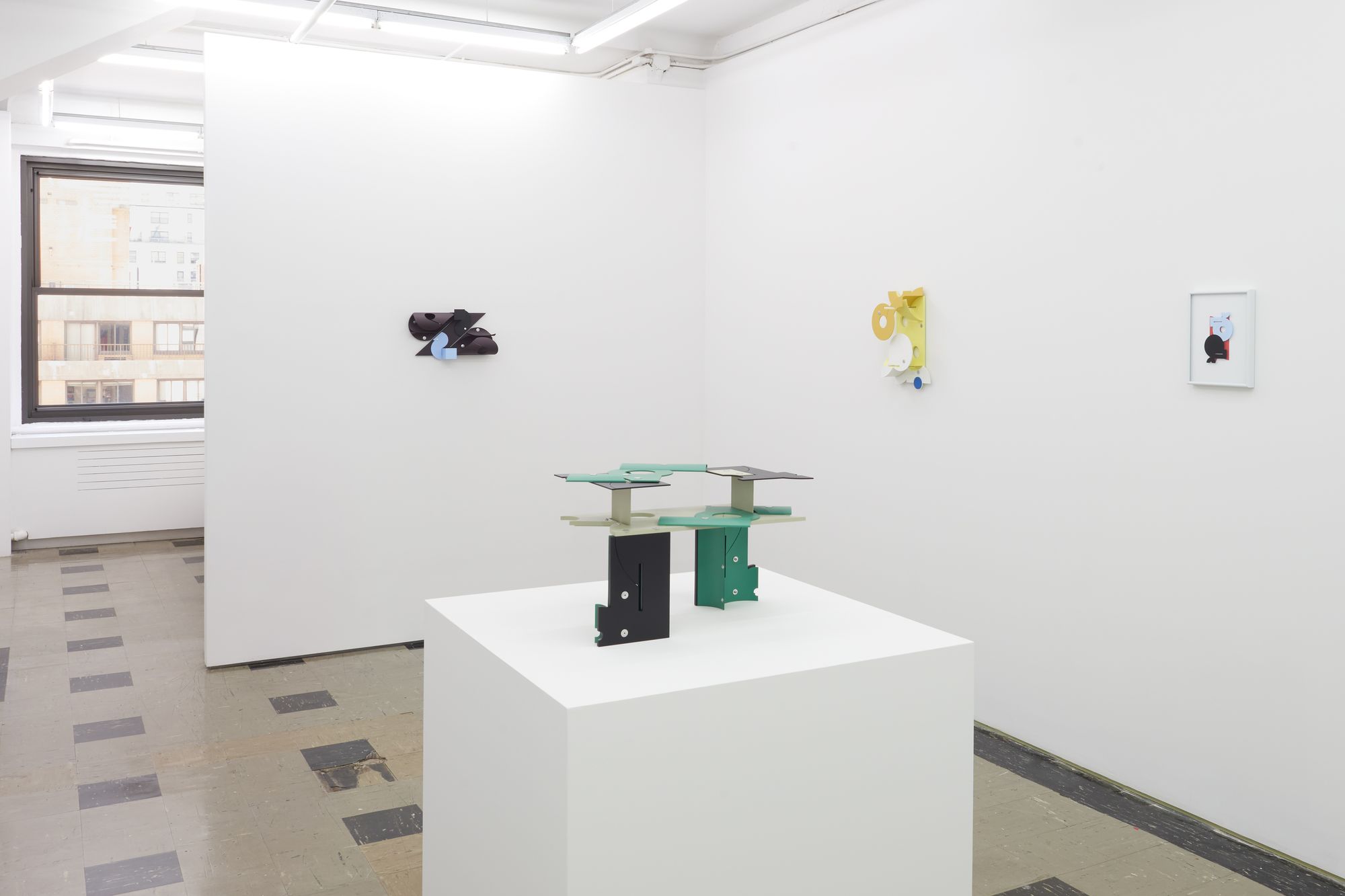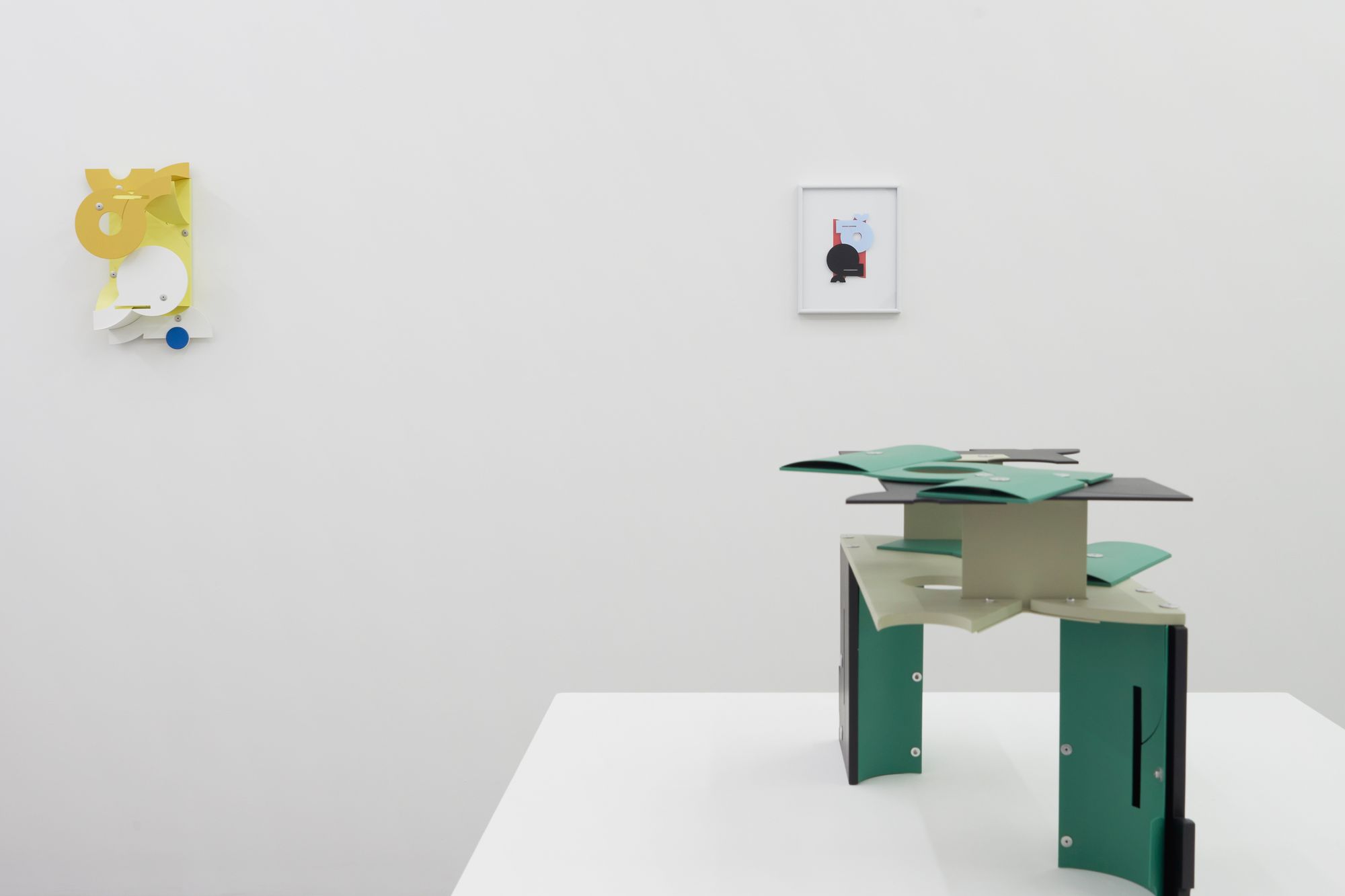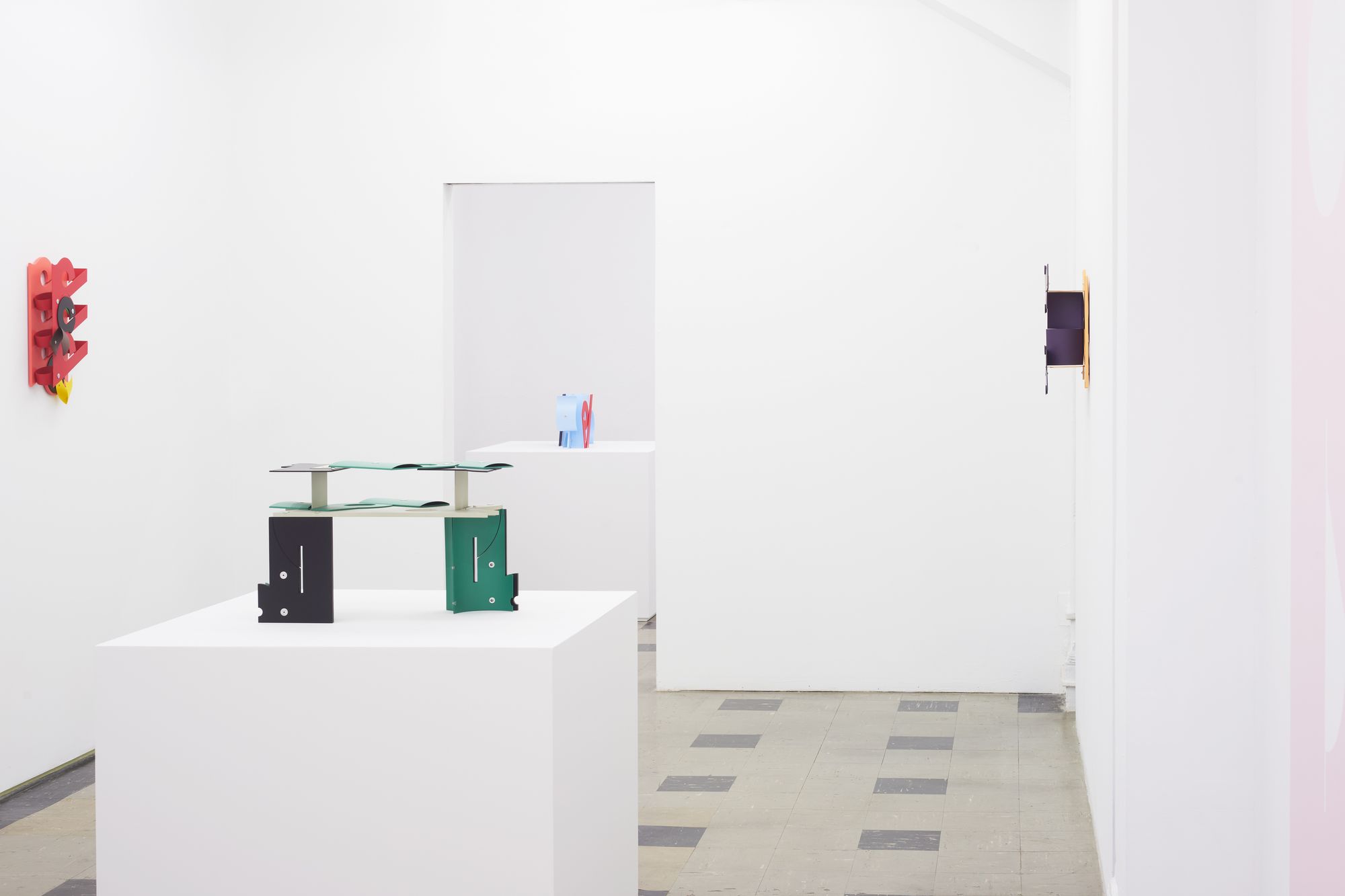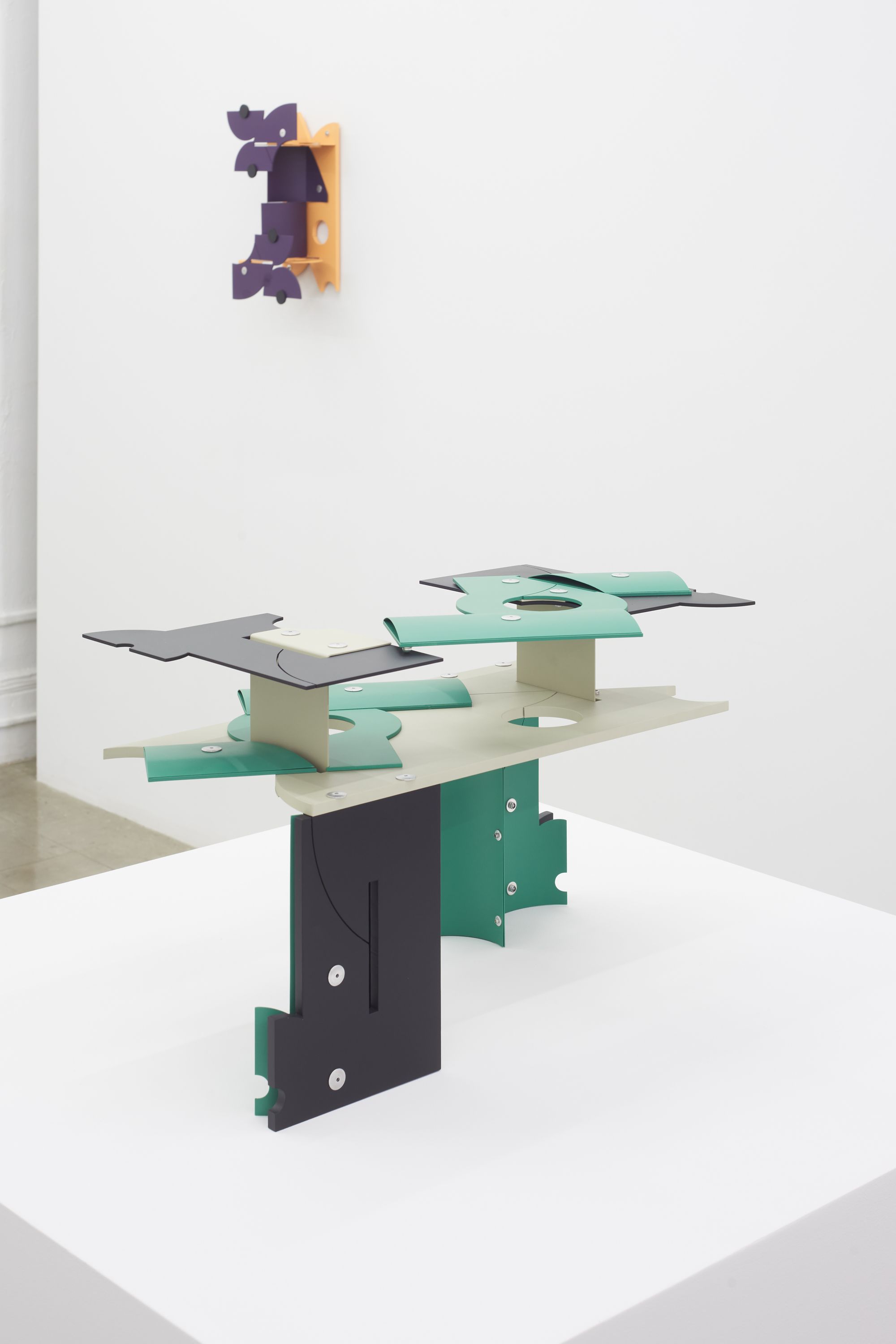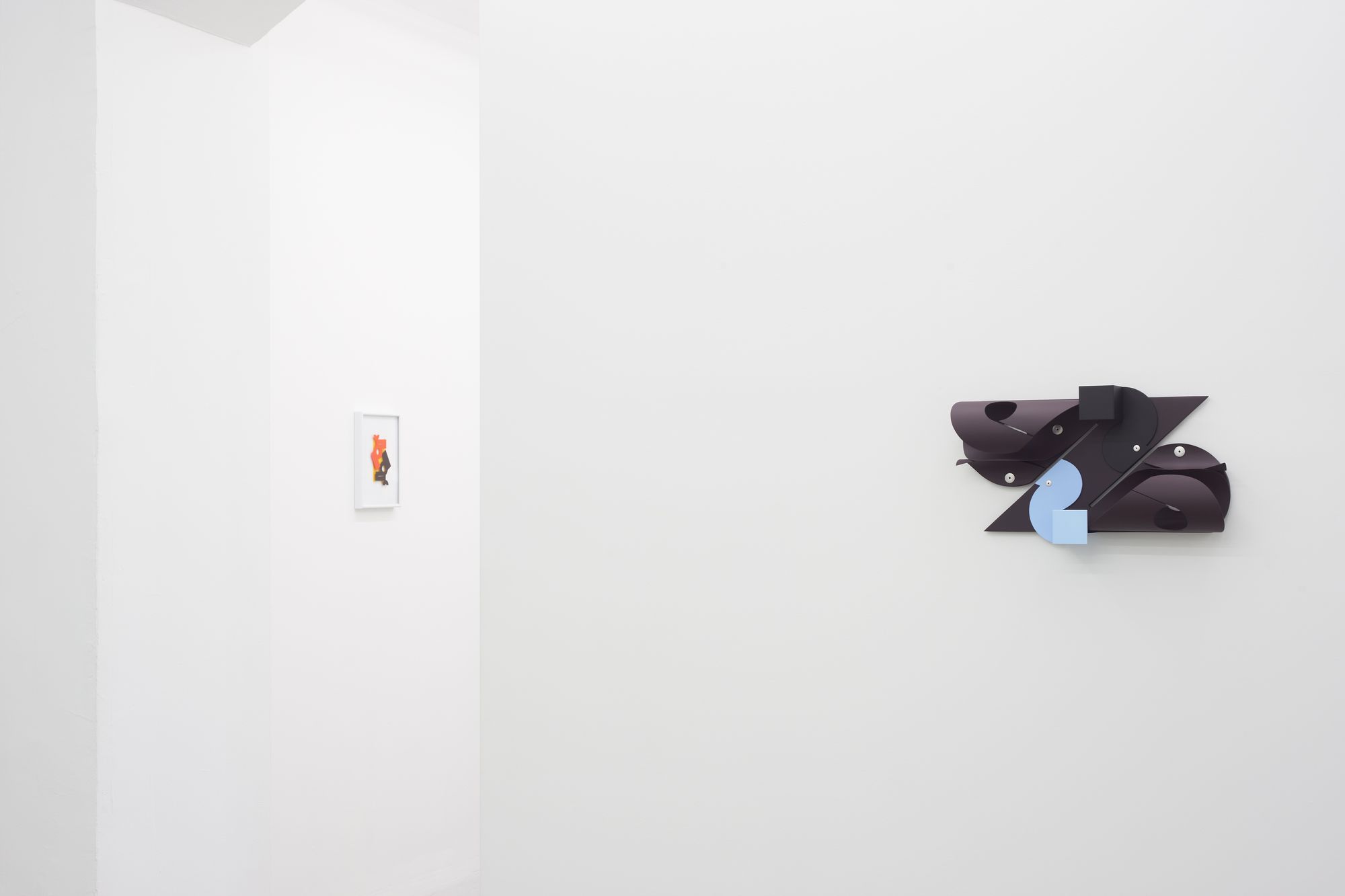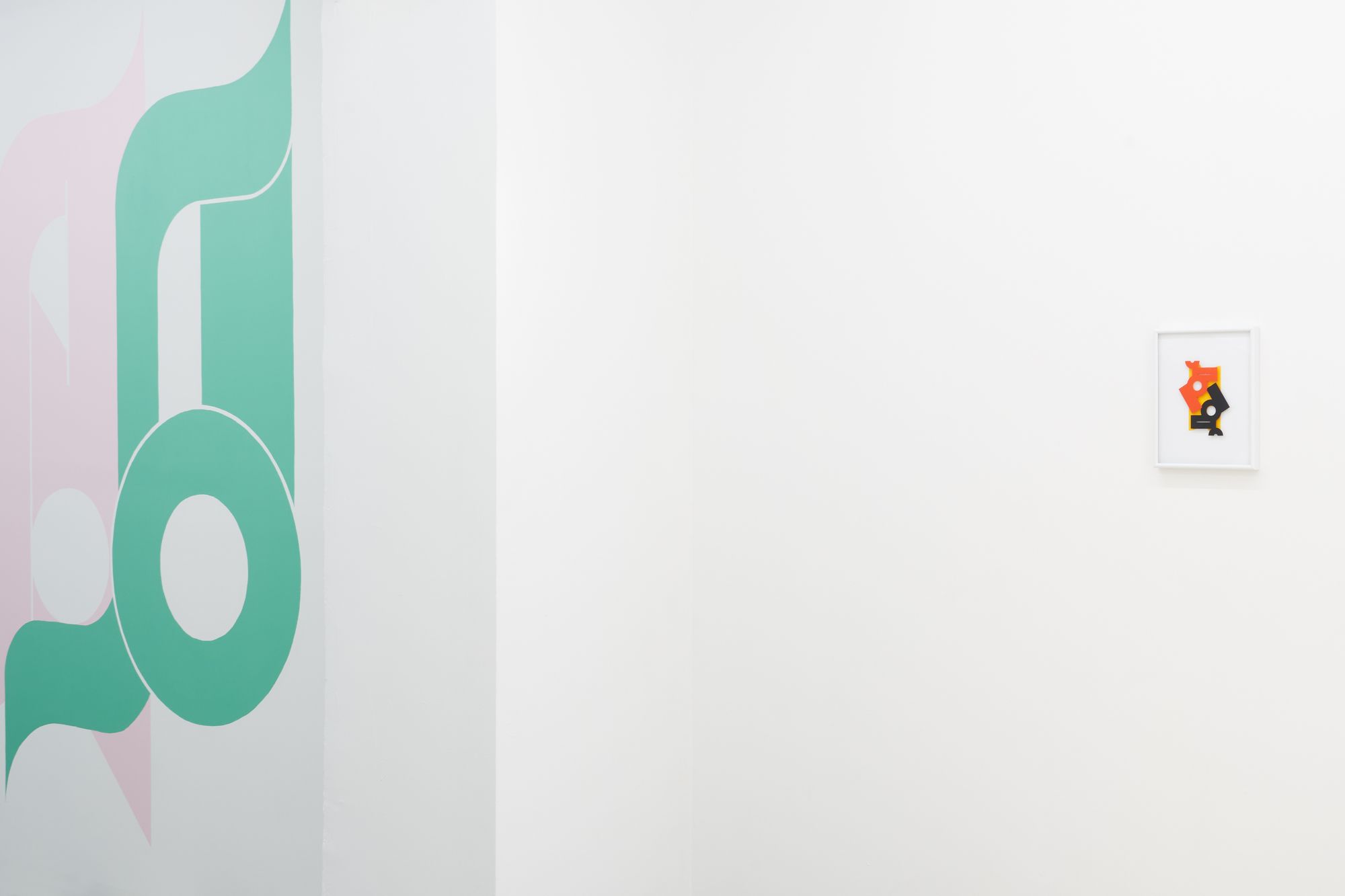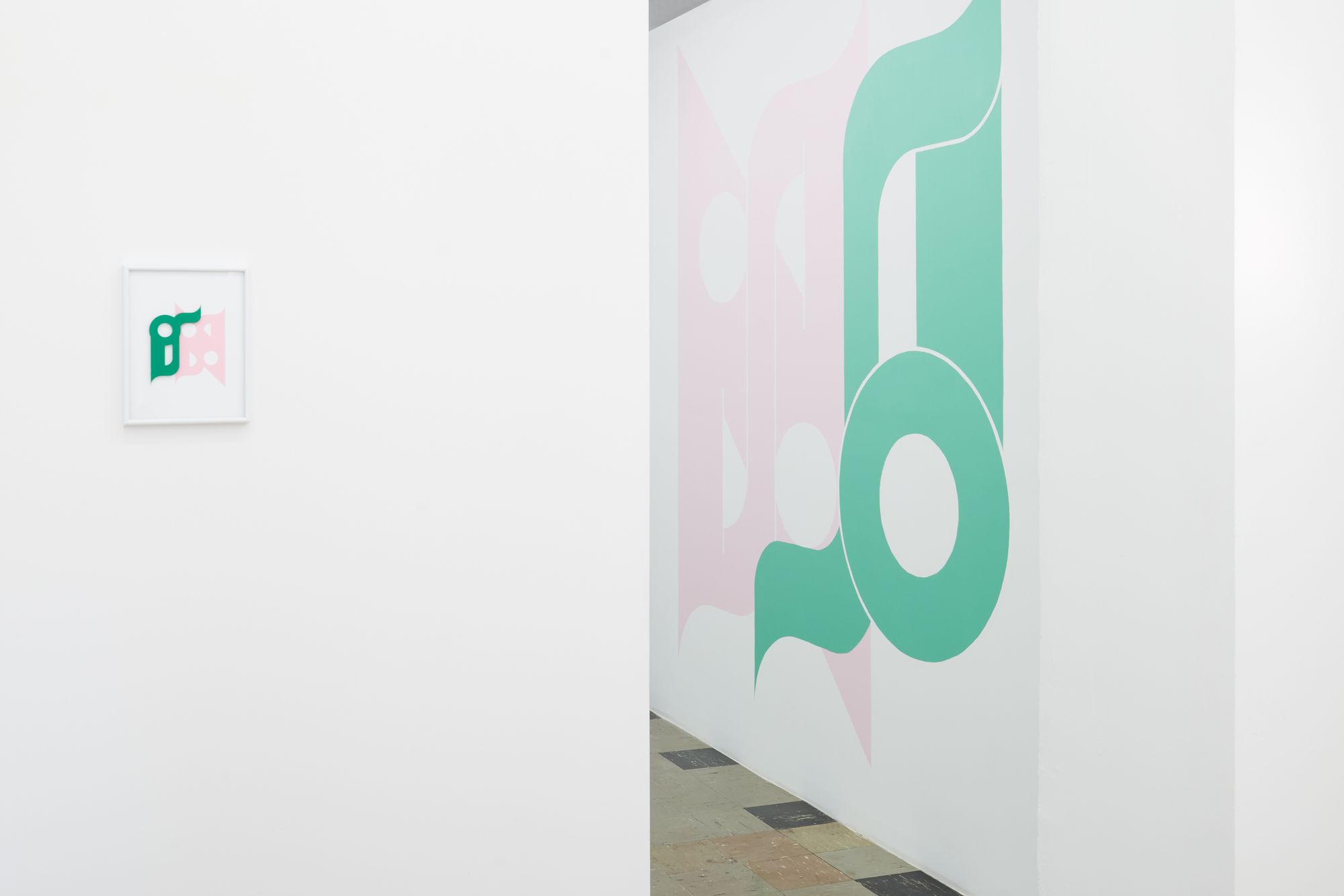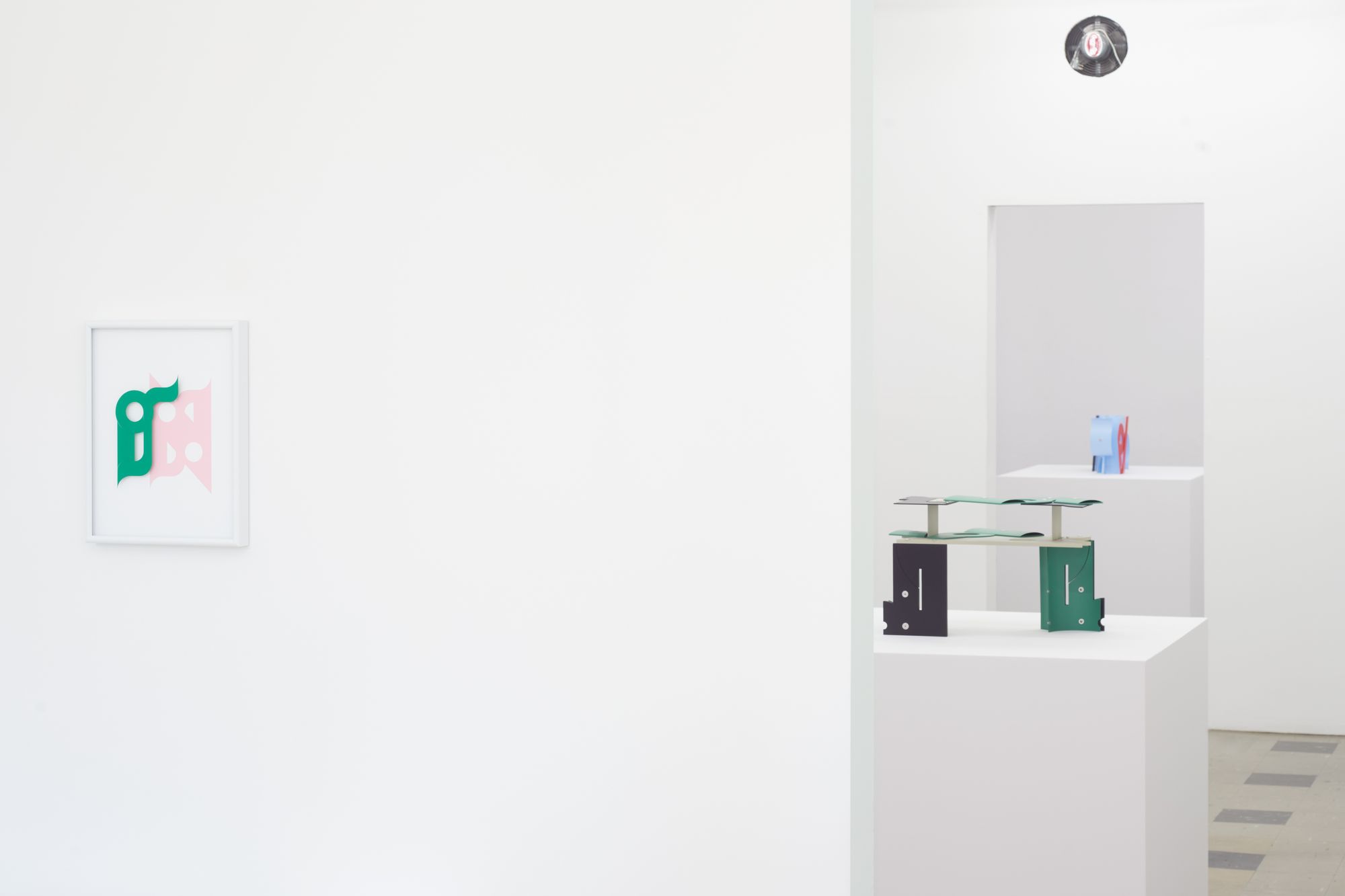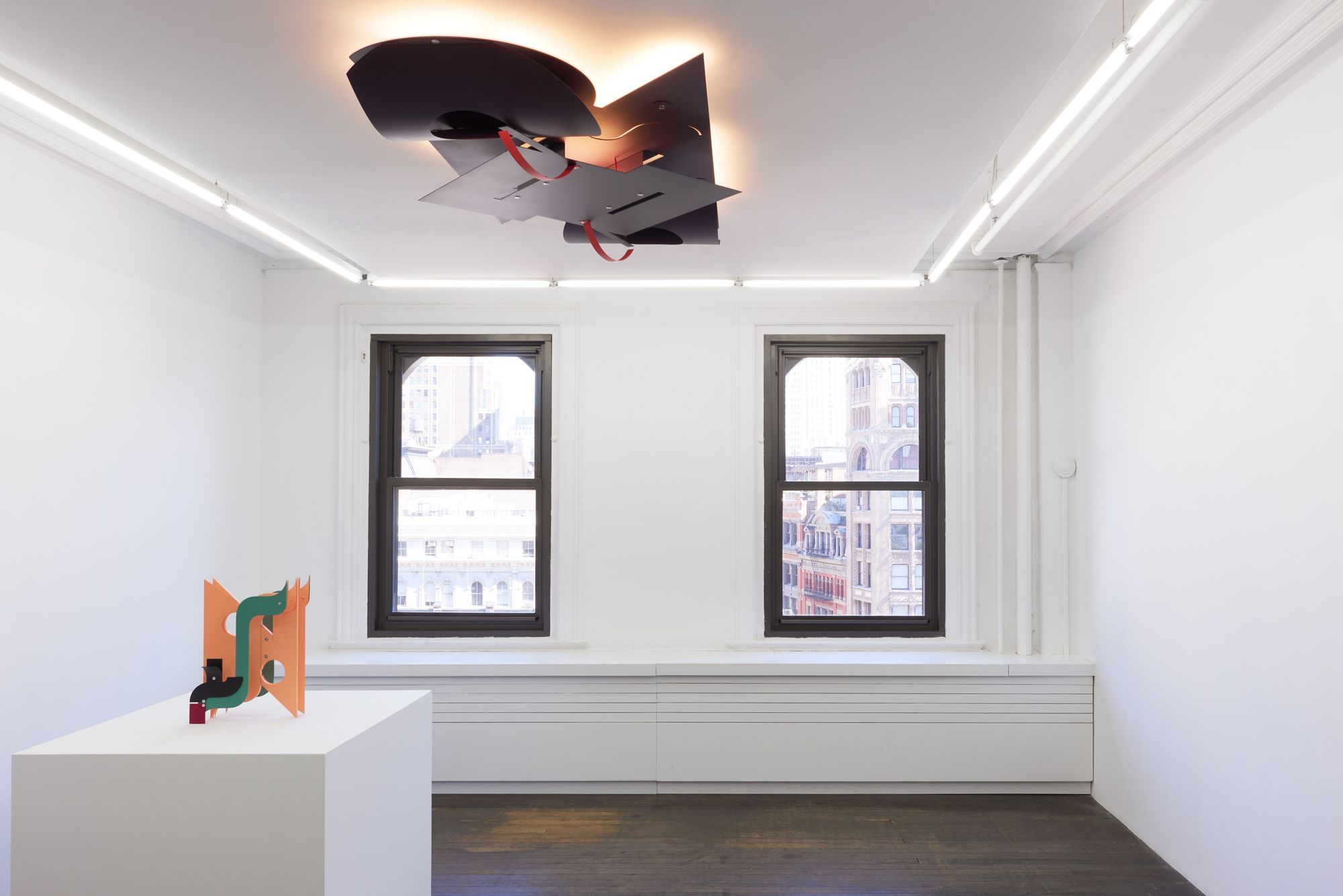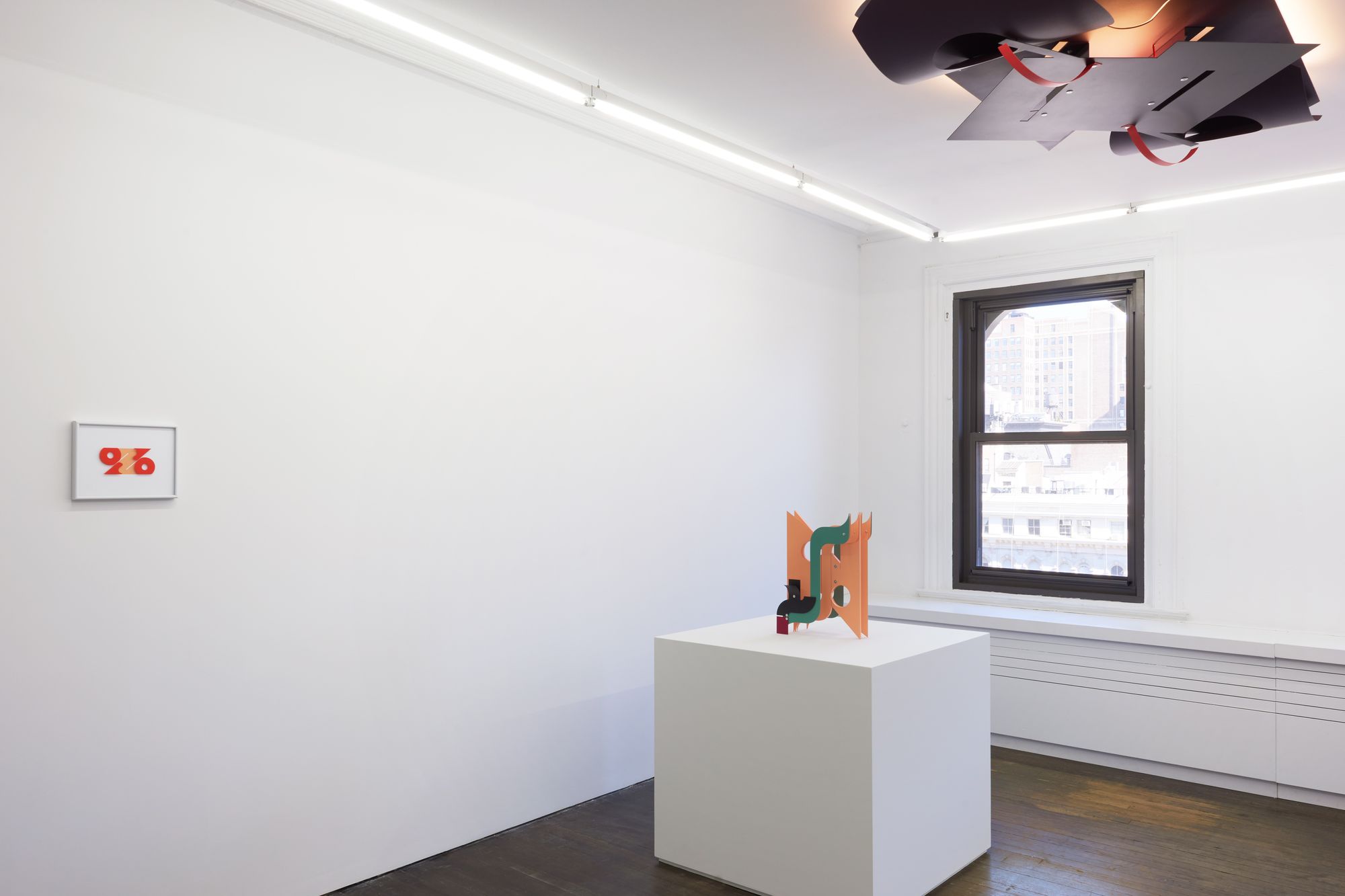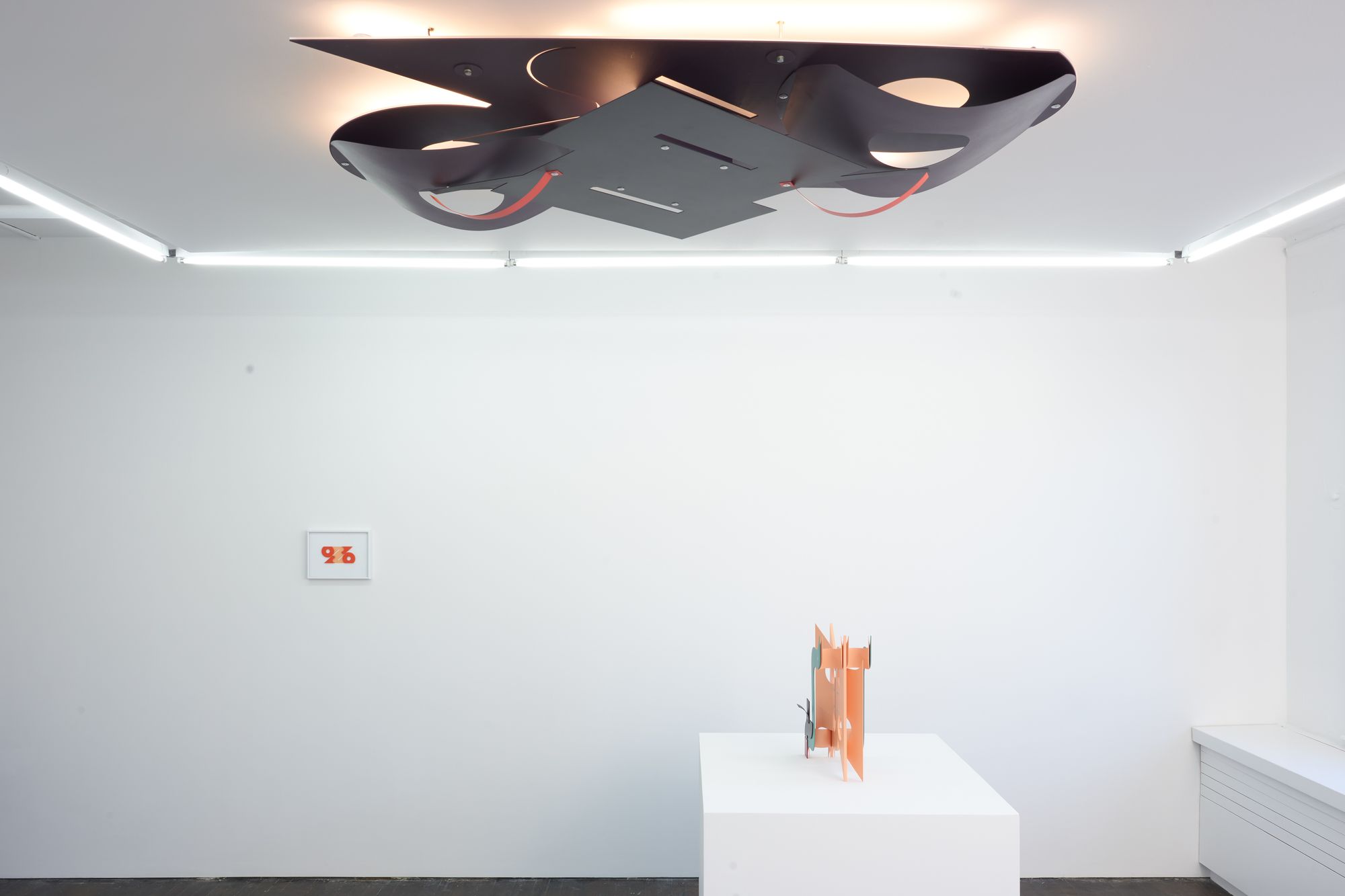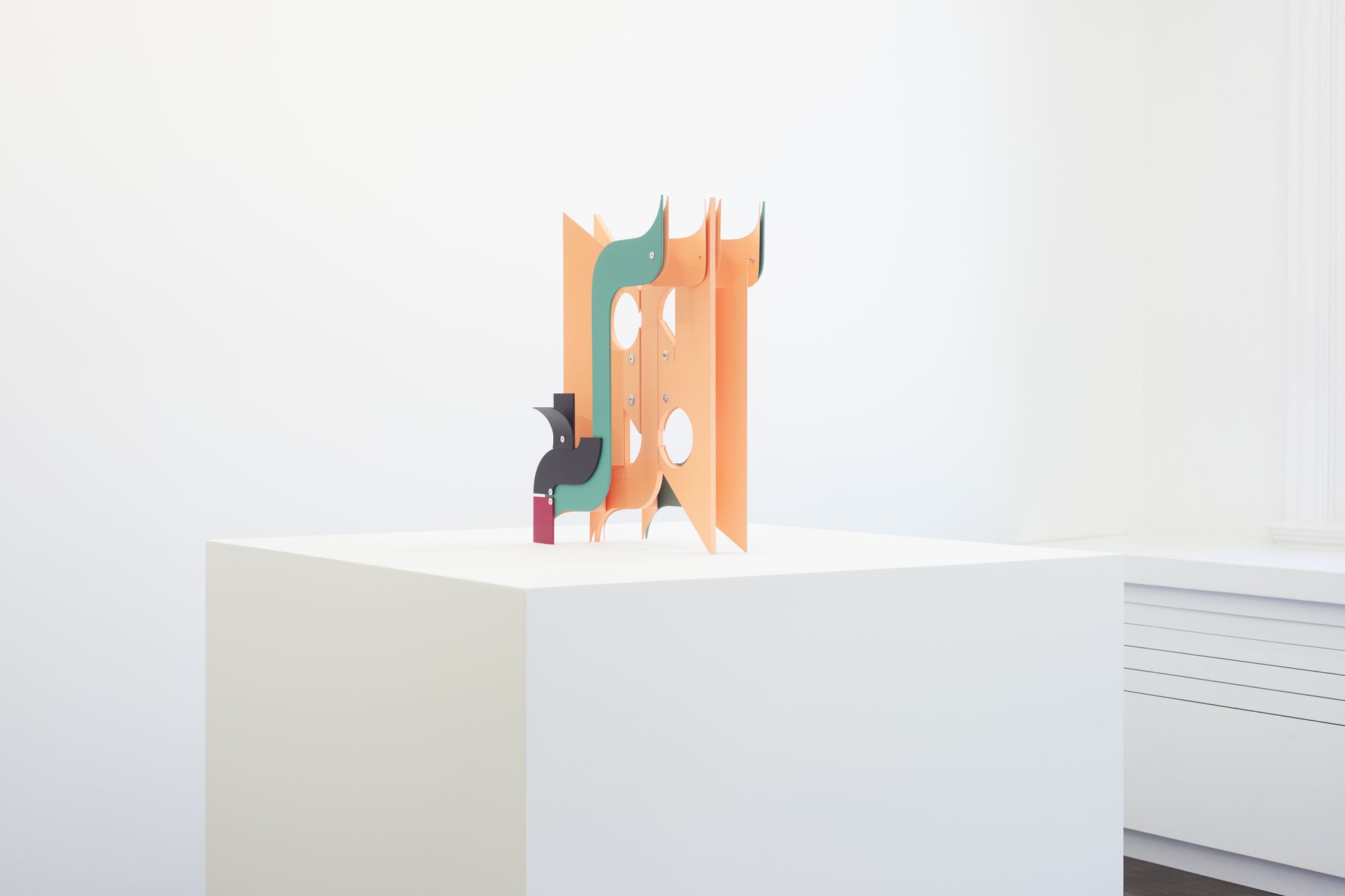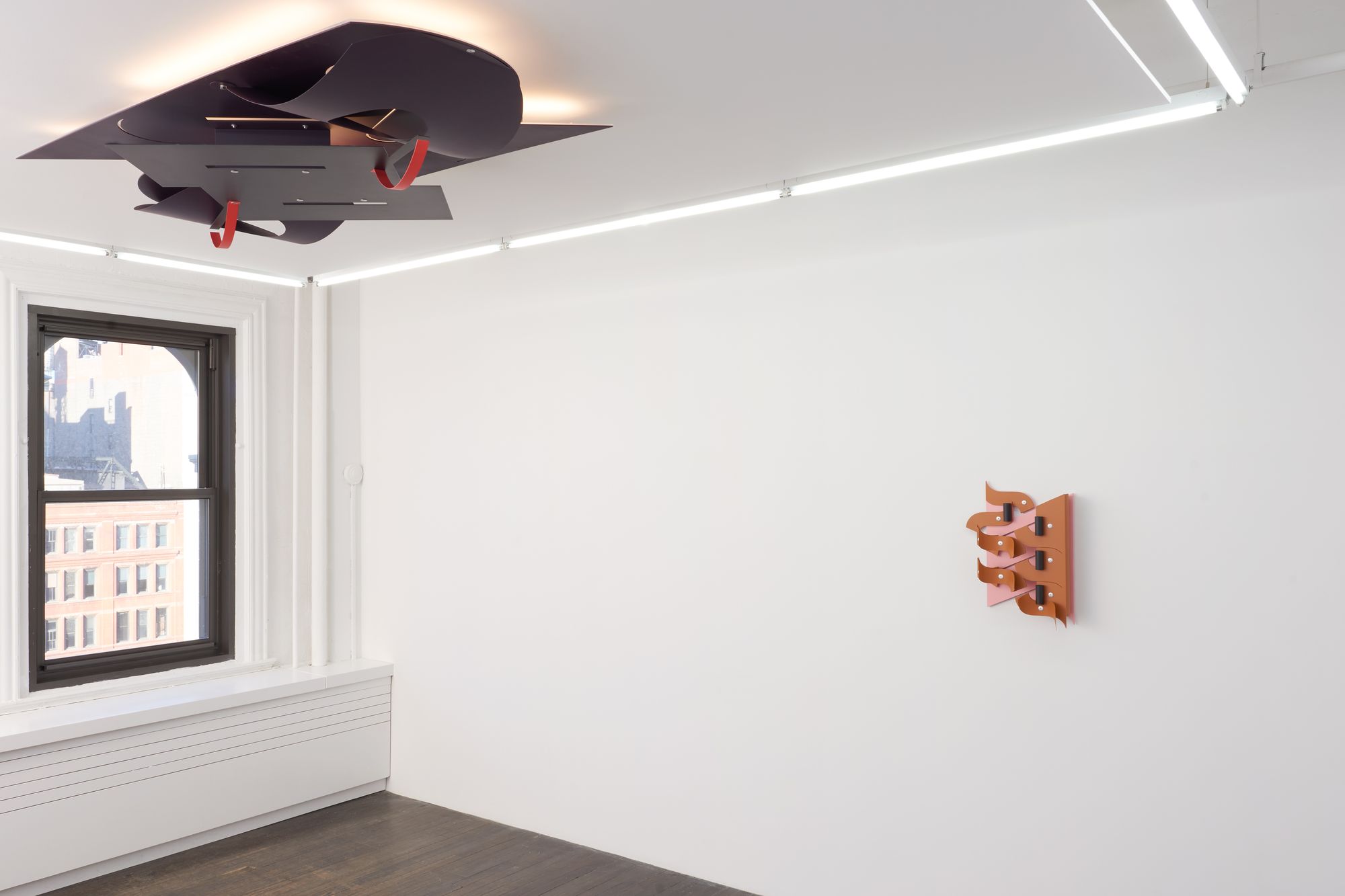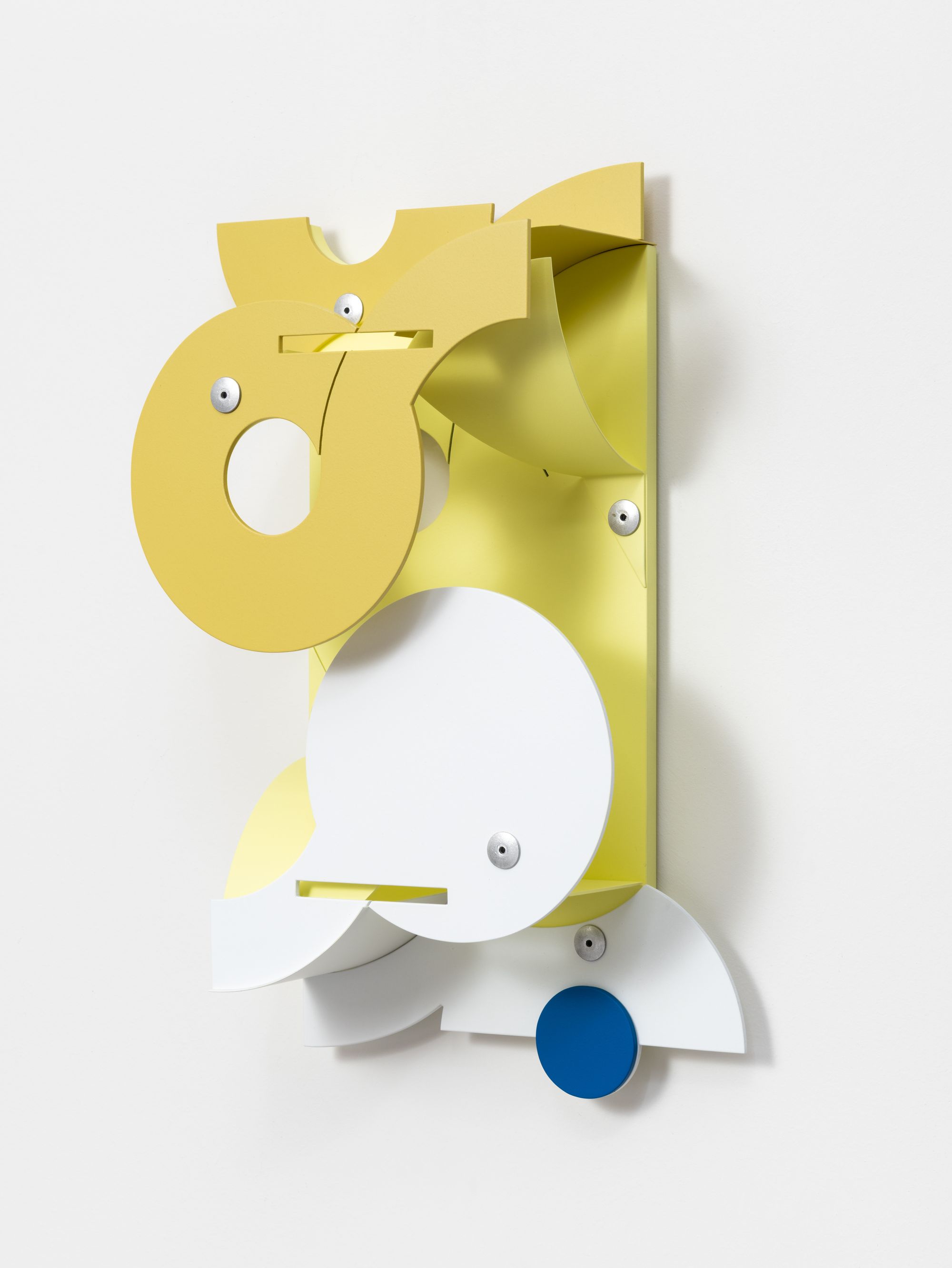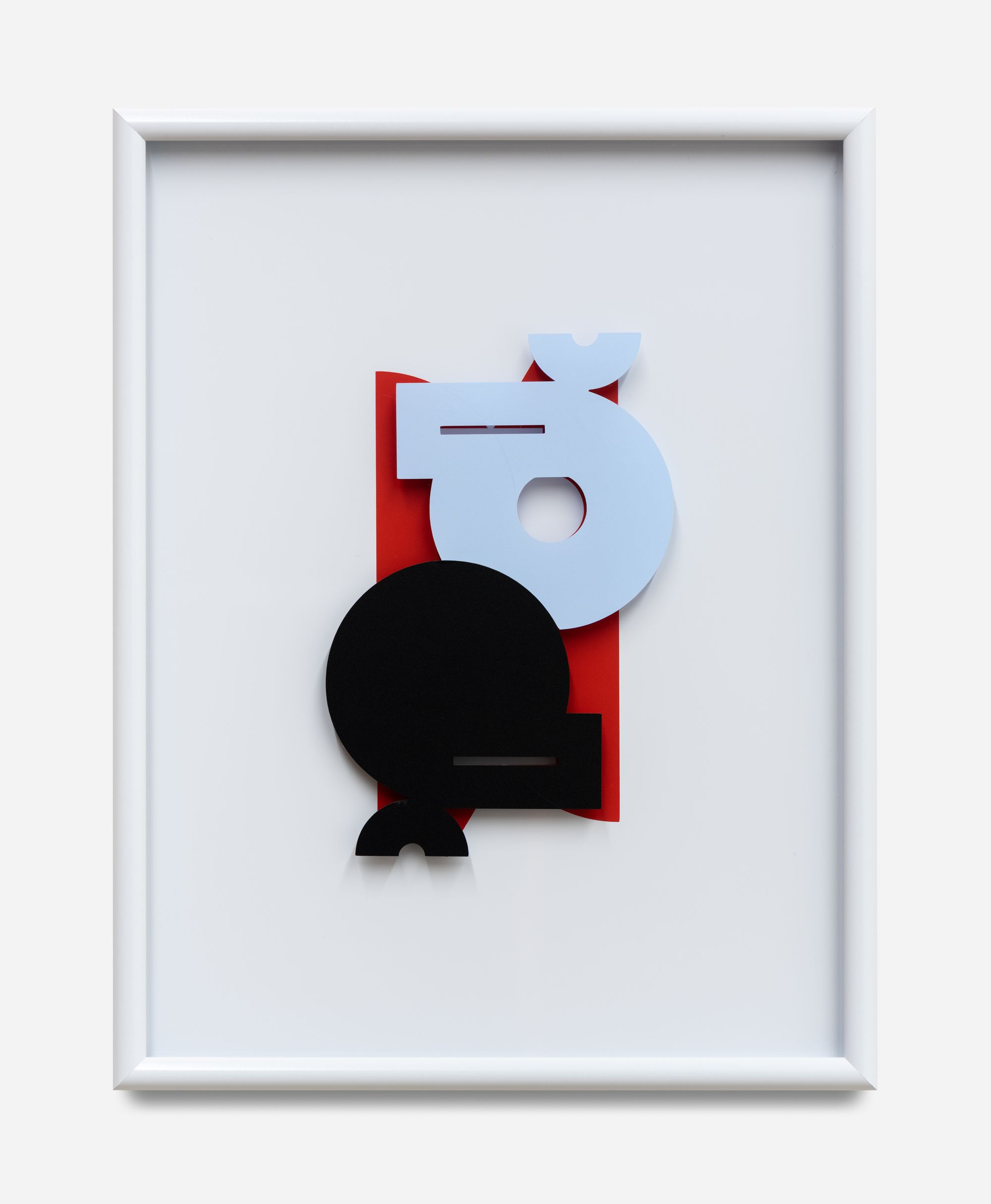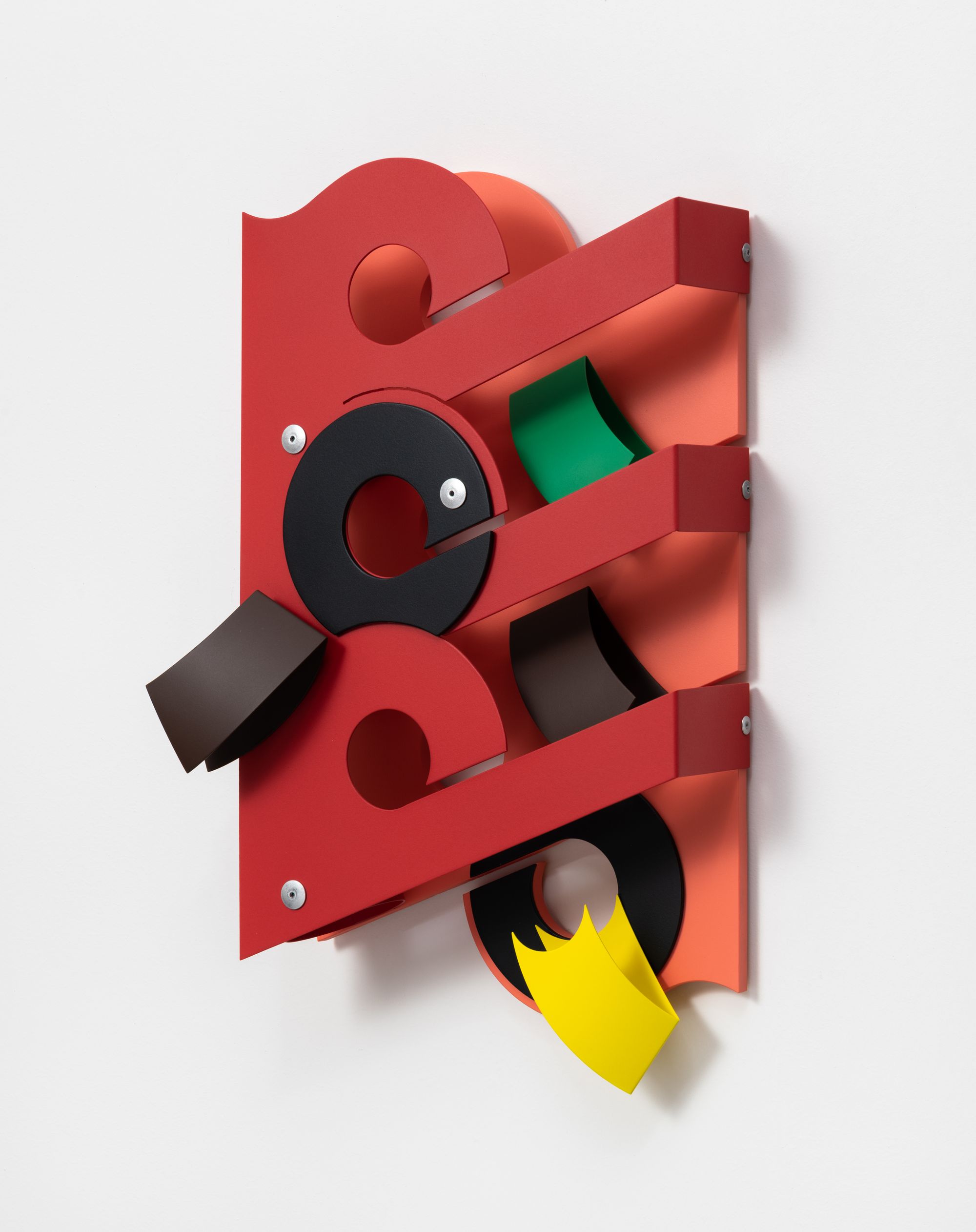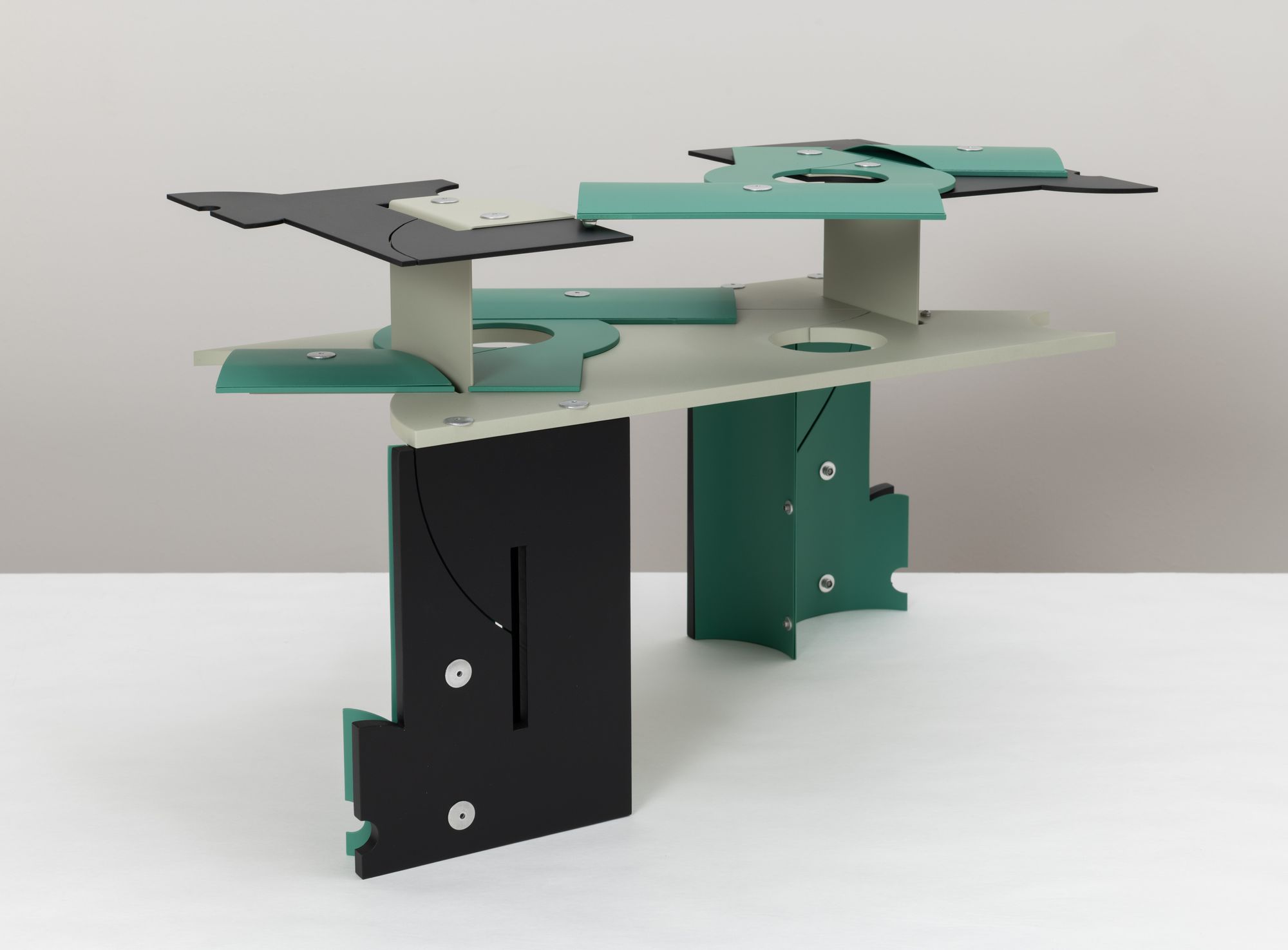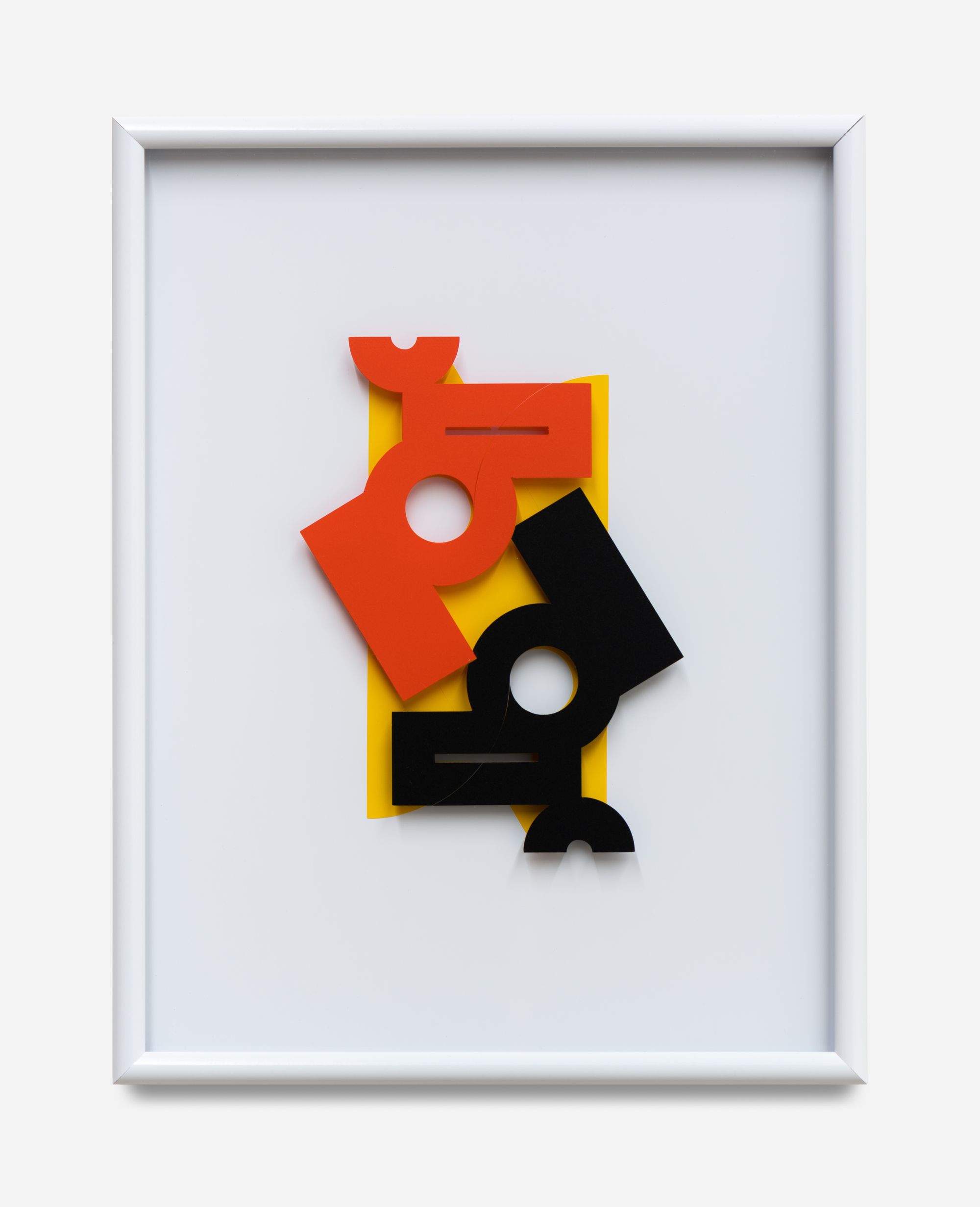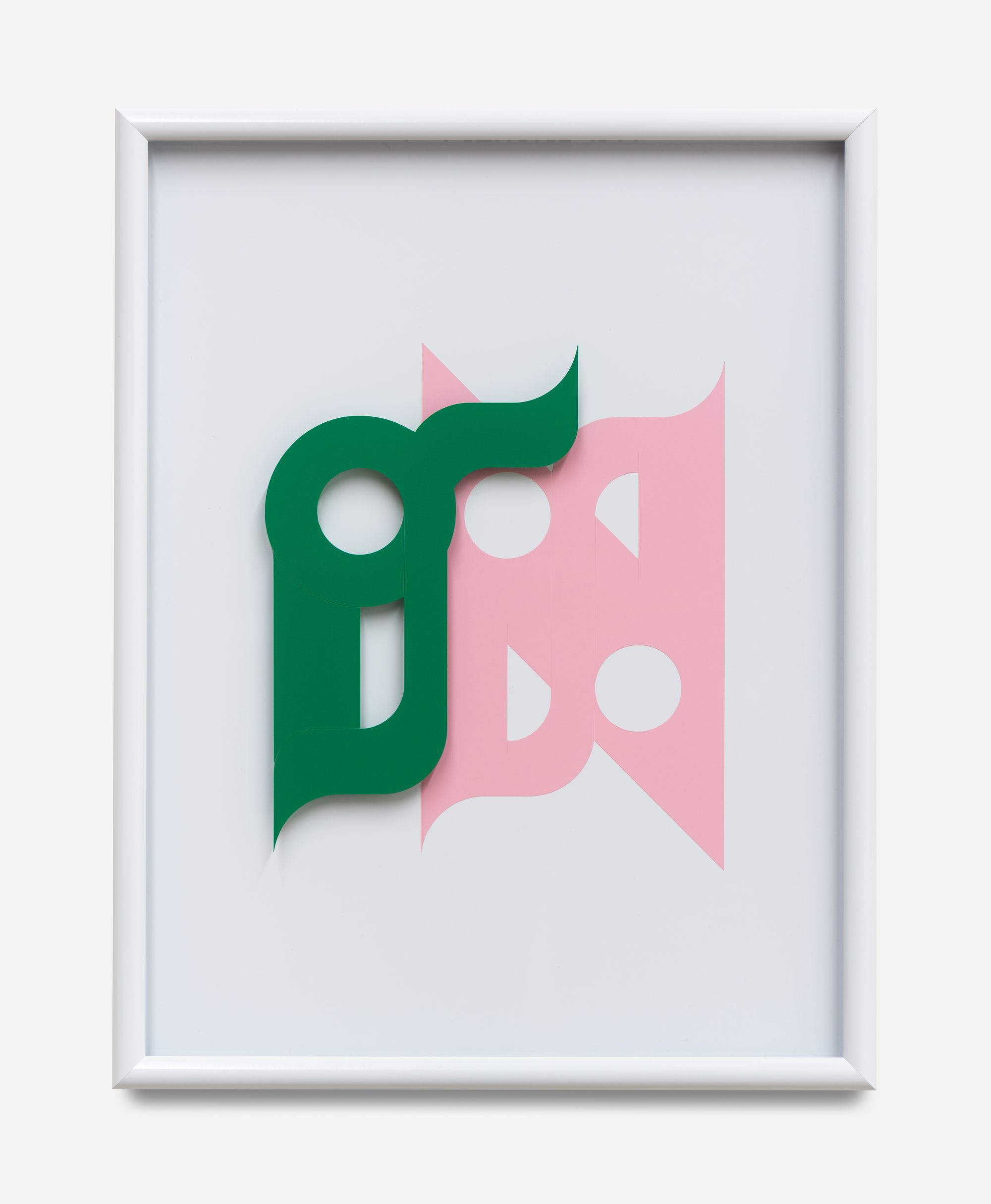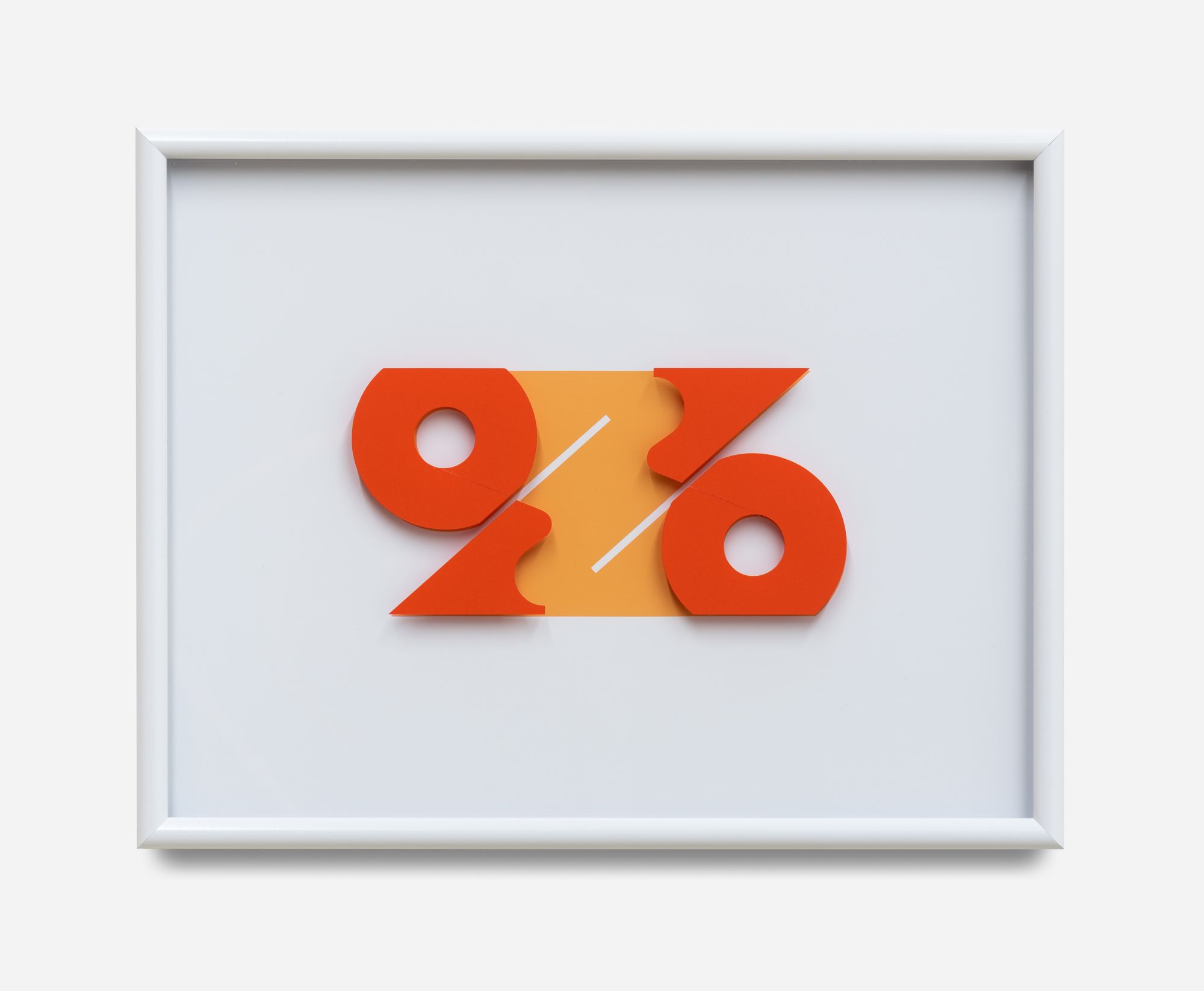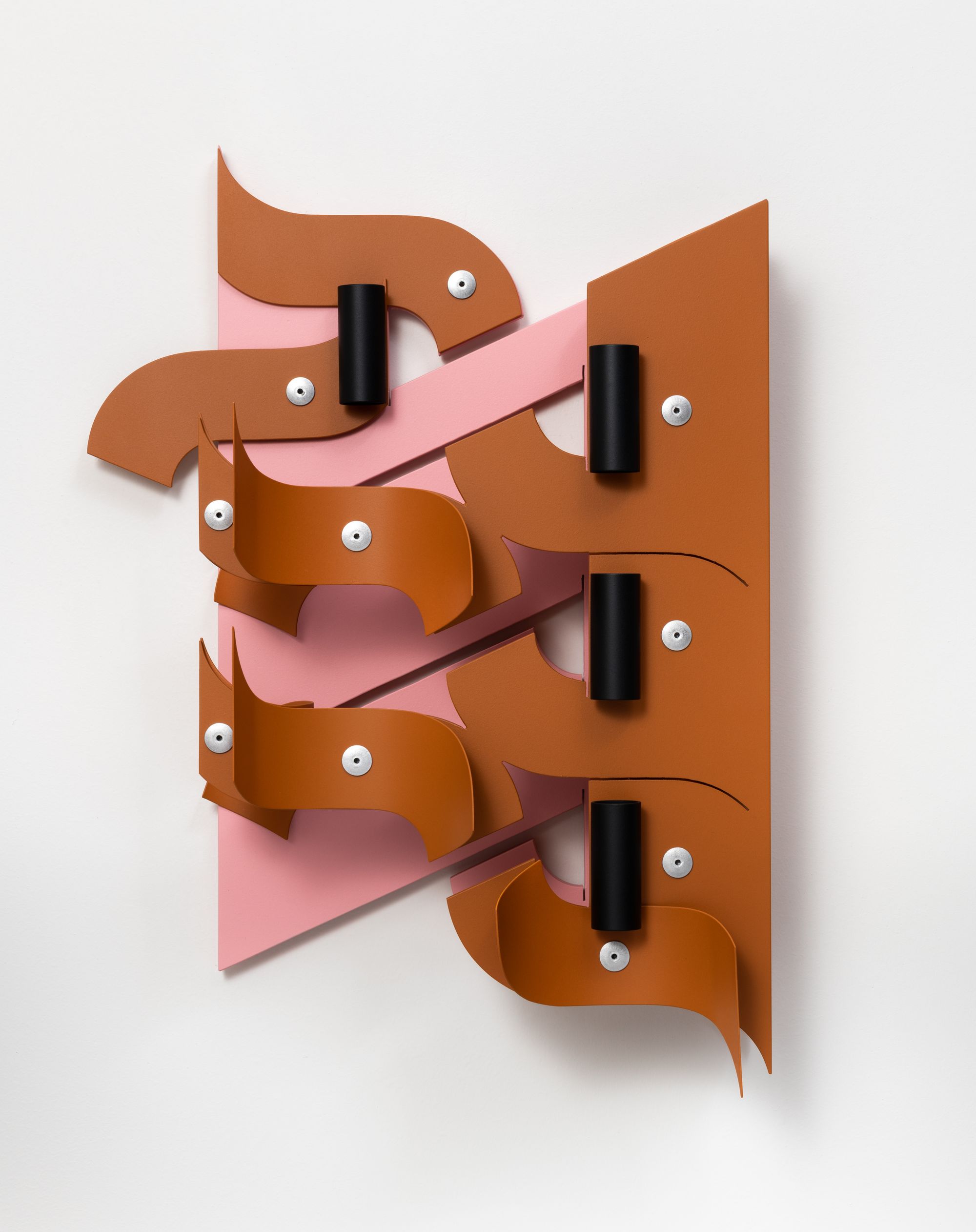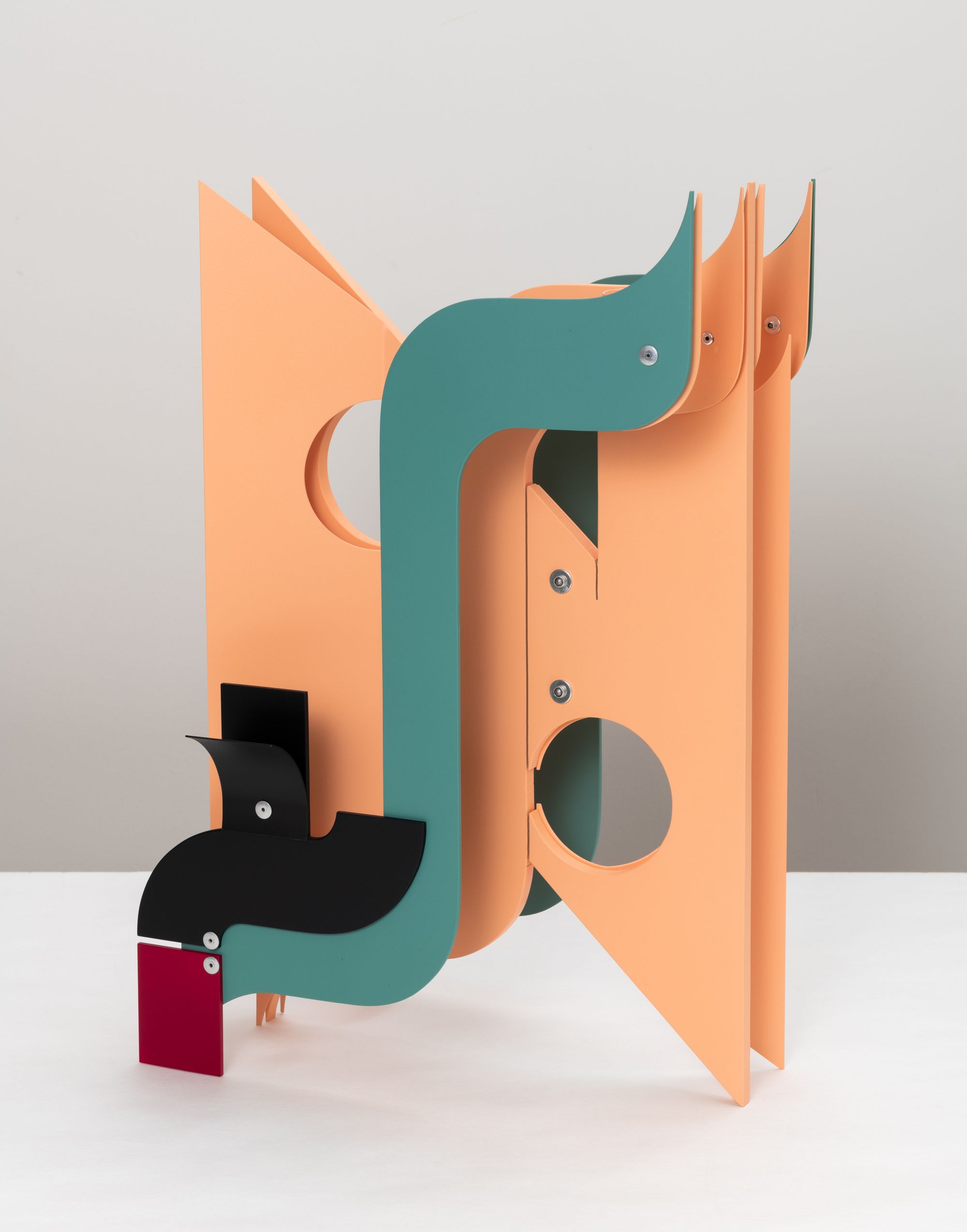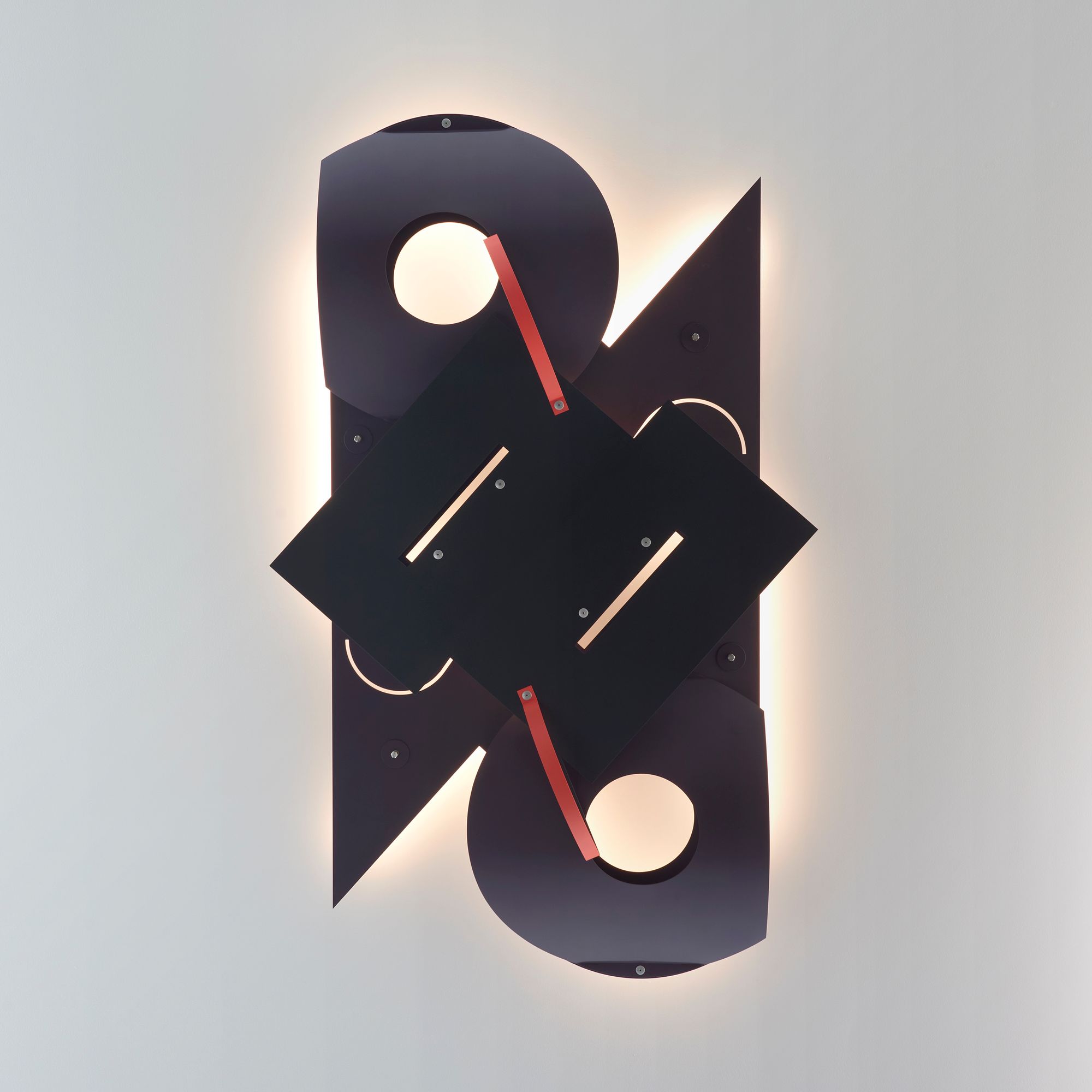
Past
Matt Paweski
TEEM
Sept. 10–Oct. 31, 2021
New York
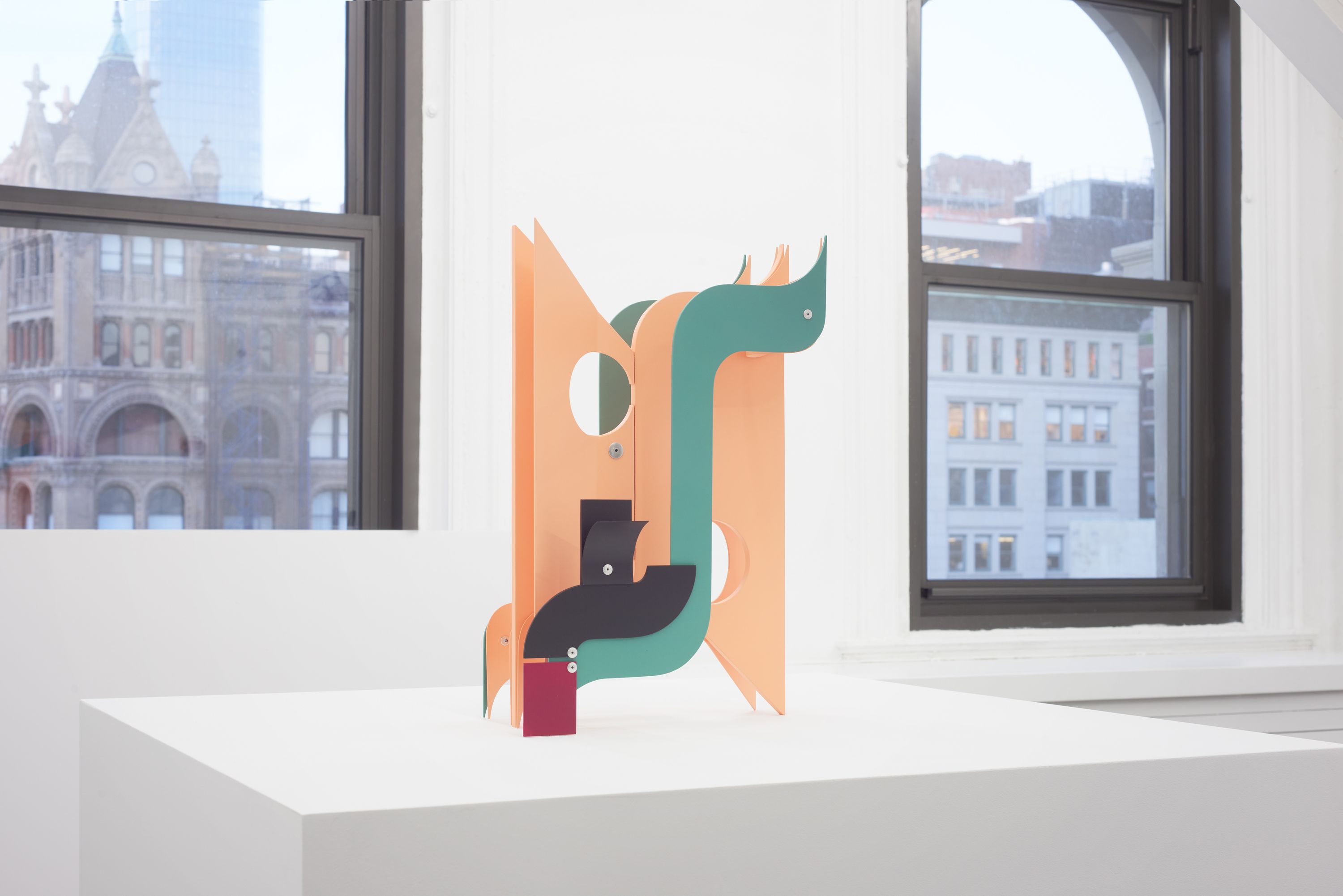
For his second exhibition at Gordon Robichaux, Matt Paweski presents a new body of site-specific work. Installed across both spaces are painted aluminum wall-mounted and tabletop sculptures, a series of framed cut-vinyl drawings, a functional light sculpture mounted to the ceiling, and wall murals that directly engage the architecture of the gallery. Paweski’s work evidences his interest in design—functional and otherwise—and pits his reflexive, handmade process—drawing, cutting, bending, assembling, de-assembling, painting, riveting—against industrial production and material. Each work is created through a series of mental and physical shifts, a toggling between two and three dimensions from which his forms evolve through a process of intuitive logic.
Works cohere as vibrational compositions by way of an eccentric parts-to-whole poetics that is both rigorous and playful. Sensual surfaces, rich color, and taut machine-like forms carve out positive and negative space and direct optical engagement: visual rhythms of entry, disruption, and movement cycle the eye across surfaces and through voids. Pops of color punctuate the forms and suggest a coded system of technical components: a safety latch, knob, power switch, handle, all with no clear function. Titles stimulate disparate senses—CRANK (GRAPE); SHADE (CONFECTION)—and evoke the relationship between the inanimate and animate—TIMEPIECE (MACAW + BROWN); ½ BLOOM, SPRING, HINGE.
As both a technophile and self-identified neo-Luddite, science fiction is a useful framework through which Paweski understands his practice. In particular, he finds affinity in science fiction’s exploration of dystopic and utopian themes and the possibilities of an imaginary future free from the constraints of logic, function, utility, and obligation. Says Paweski: “My works are informed by but freed from these constraints. The goal isn’t to try to solve an ergonomic problem. Points of reference and inspiration are finely distilled through the process of making so that the viewer can find many personal touch points but no fixed references. They’re devices for expansion, introspection, and transcendence that propose new structures, architectures, designs, and possible paths forward—new views of the world.”
Install (23)

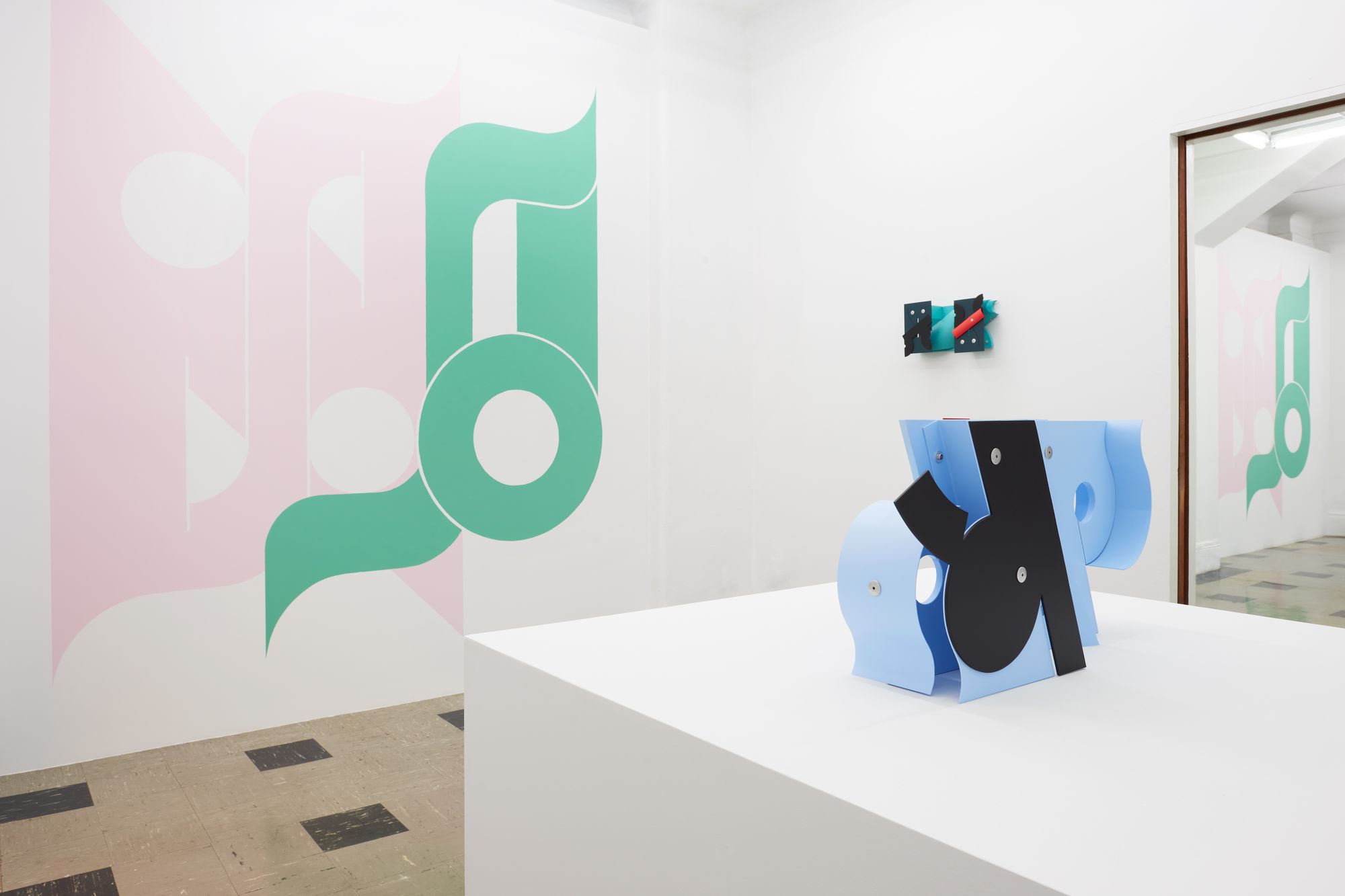
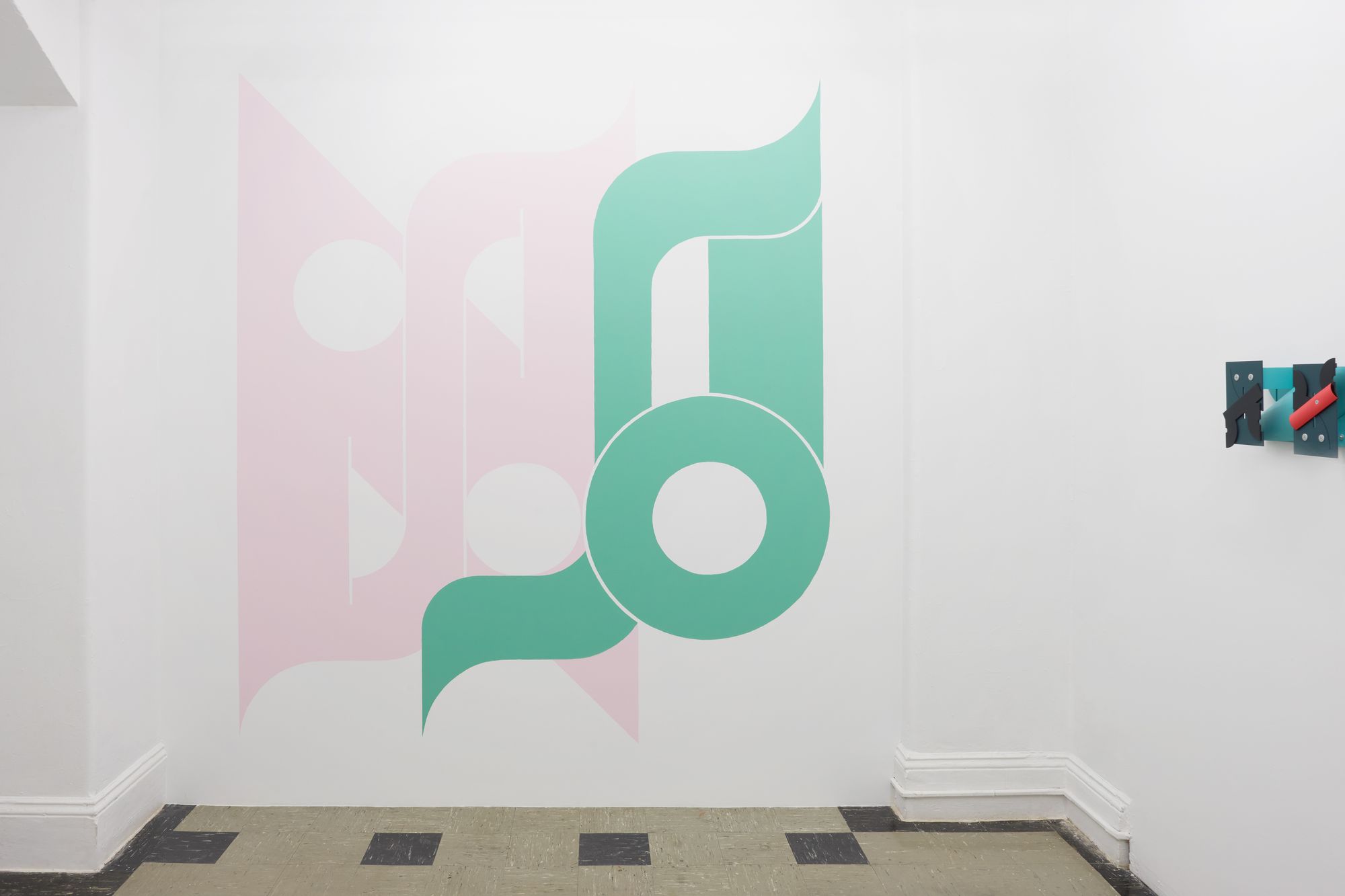

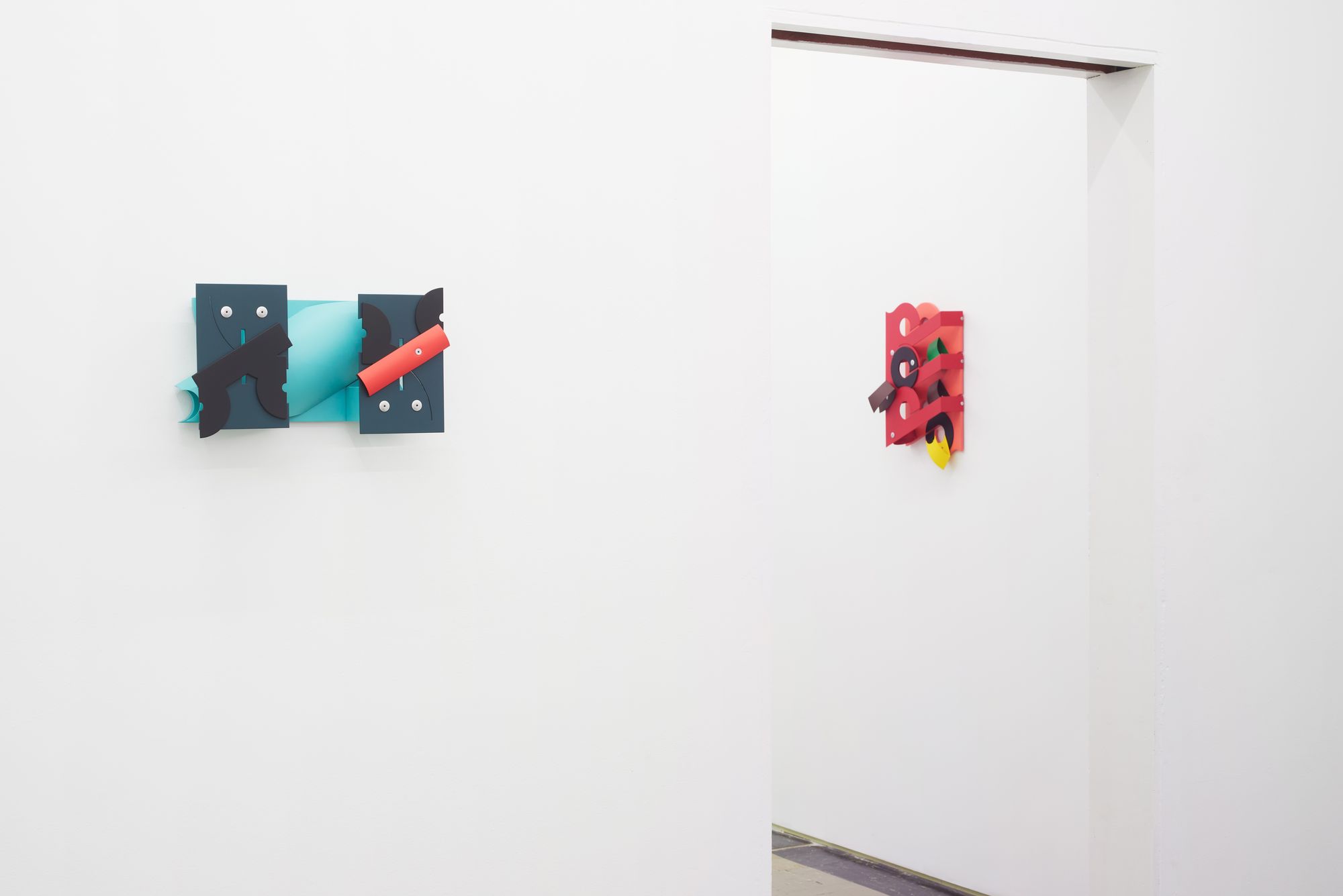
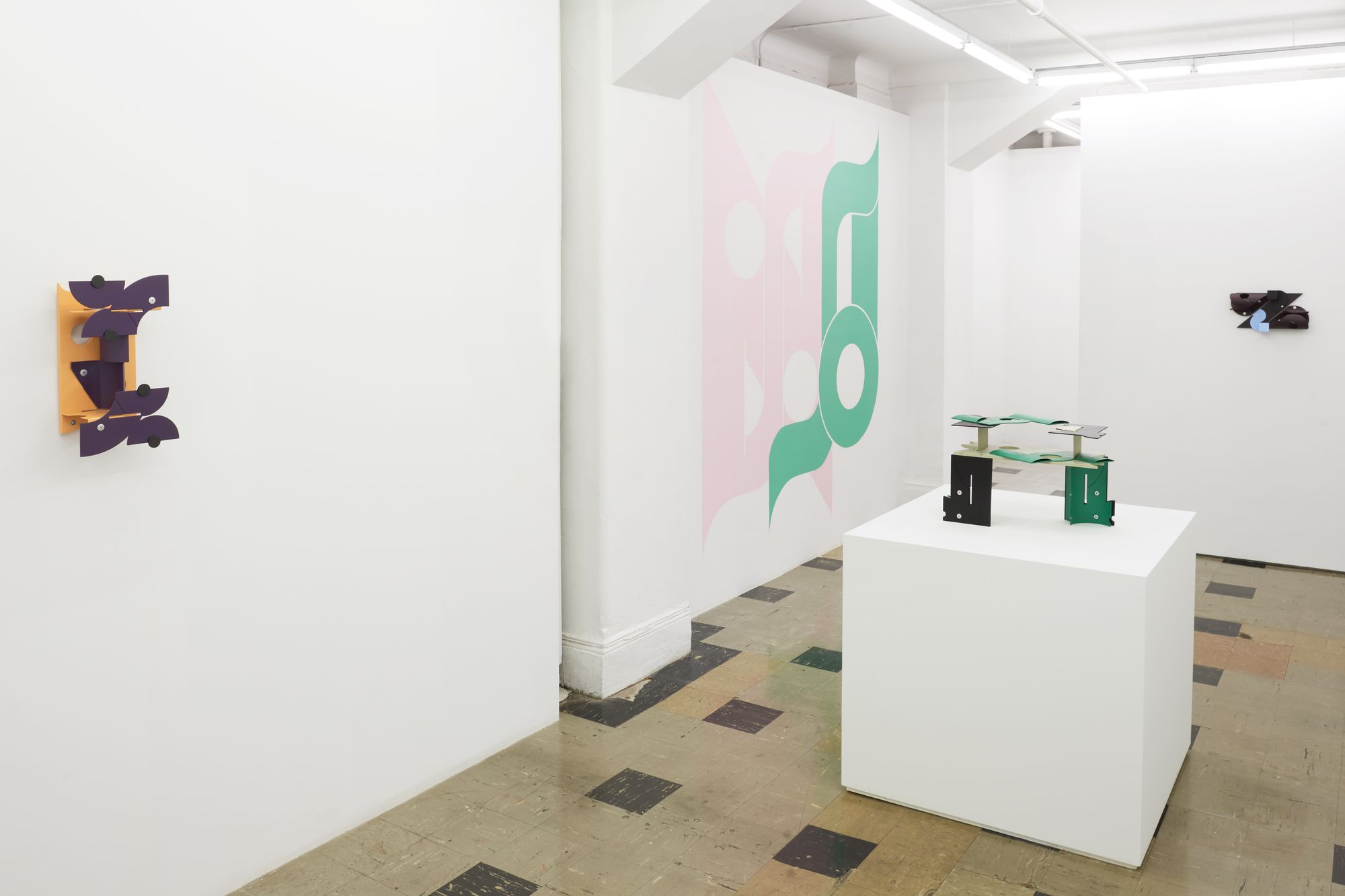
Works
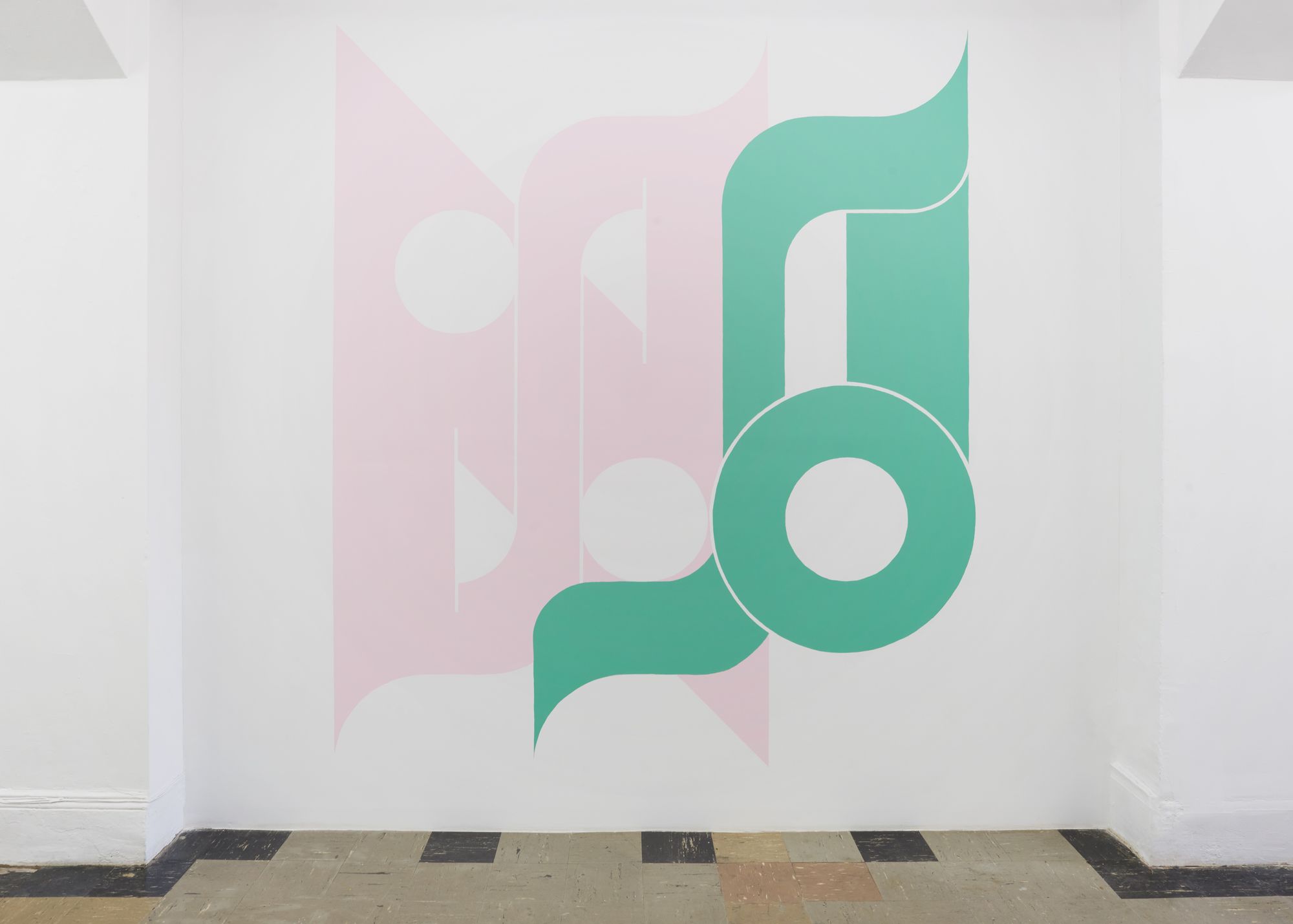
QU33N 1 (ROSE/TEAL)
Acrylic paint
94.25 x 82 inches
2021

BLOCK OUT, 2/3 SOFT
Aluminum, aluminum rivets, plastic, silicone, and vinyl paint
9 x 15 x 5 inches
2021
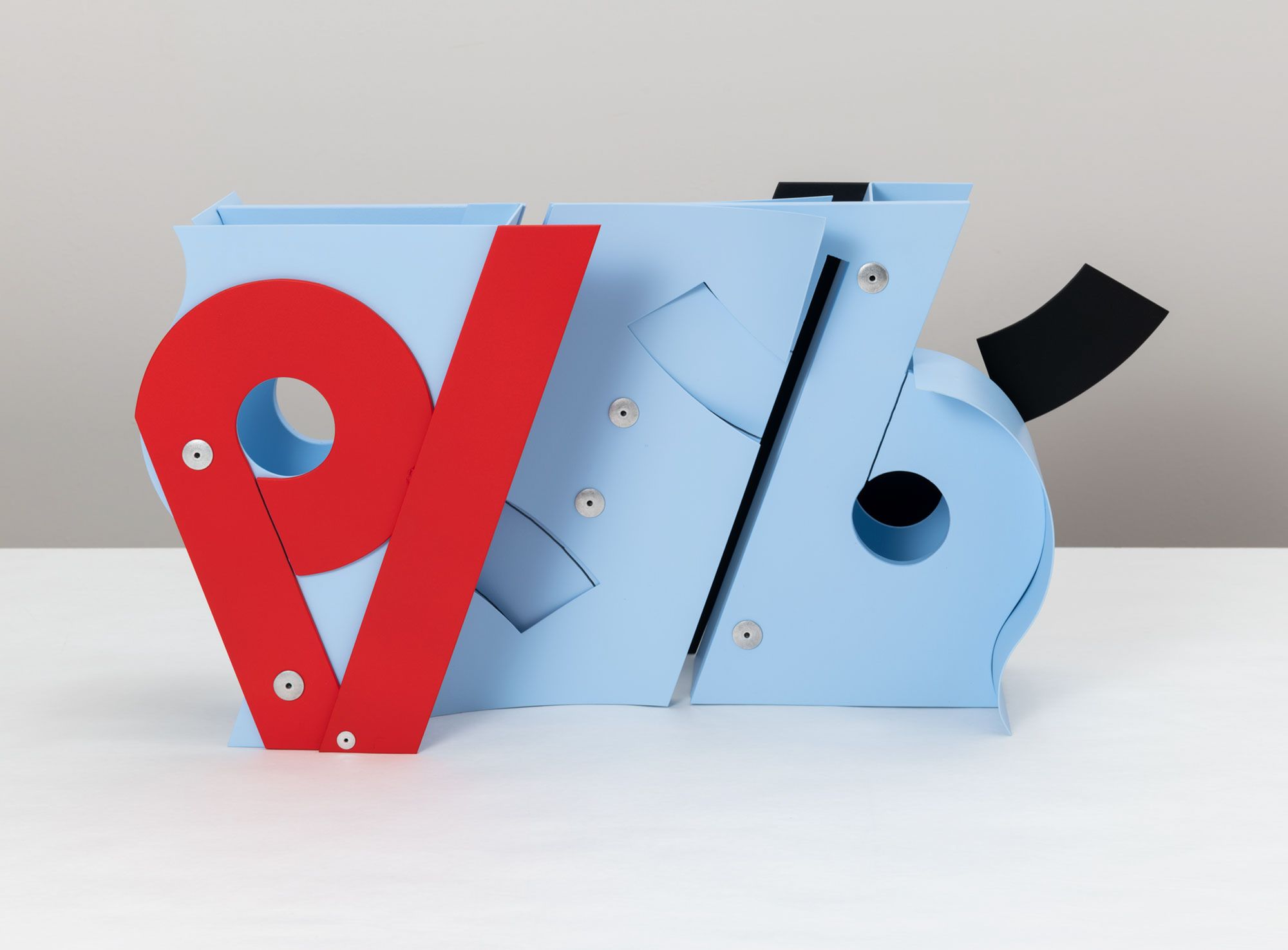
TRANSLATOR
Aluminum, aluminum rivets, silicone, and vinyl paint
10.5 x 21 x 7 inches
2021
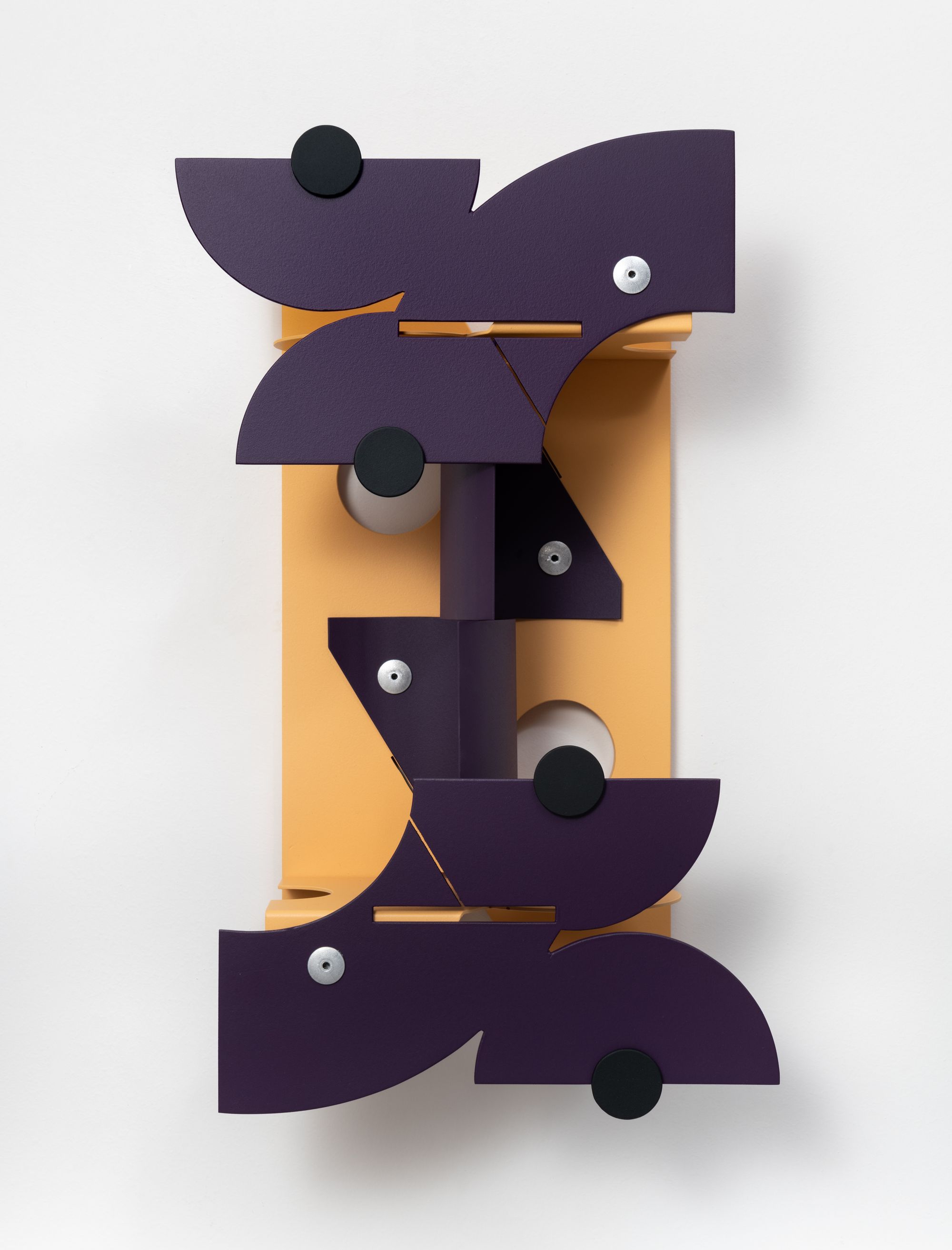
CRANK (GRAPE)
Aluminum, aluminum rivets, silicone, and vinyl paint
16.5 x 10 x 5.5 inches
2021

QU33N 2 (ROSE/TEAL)
Acrylic paint
94.25 x 82 inches
2021
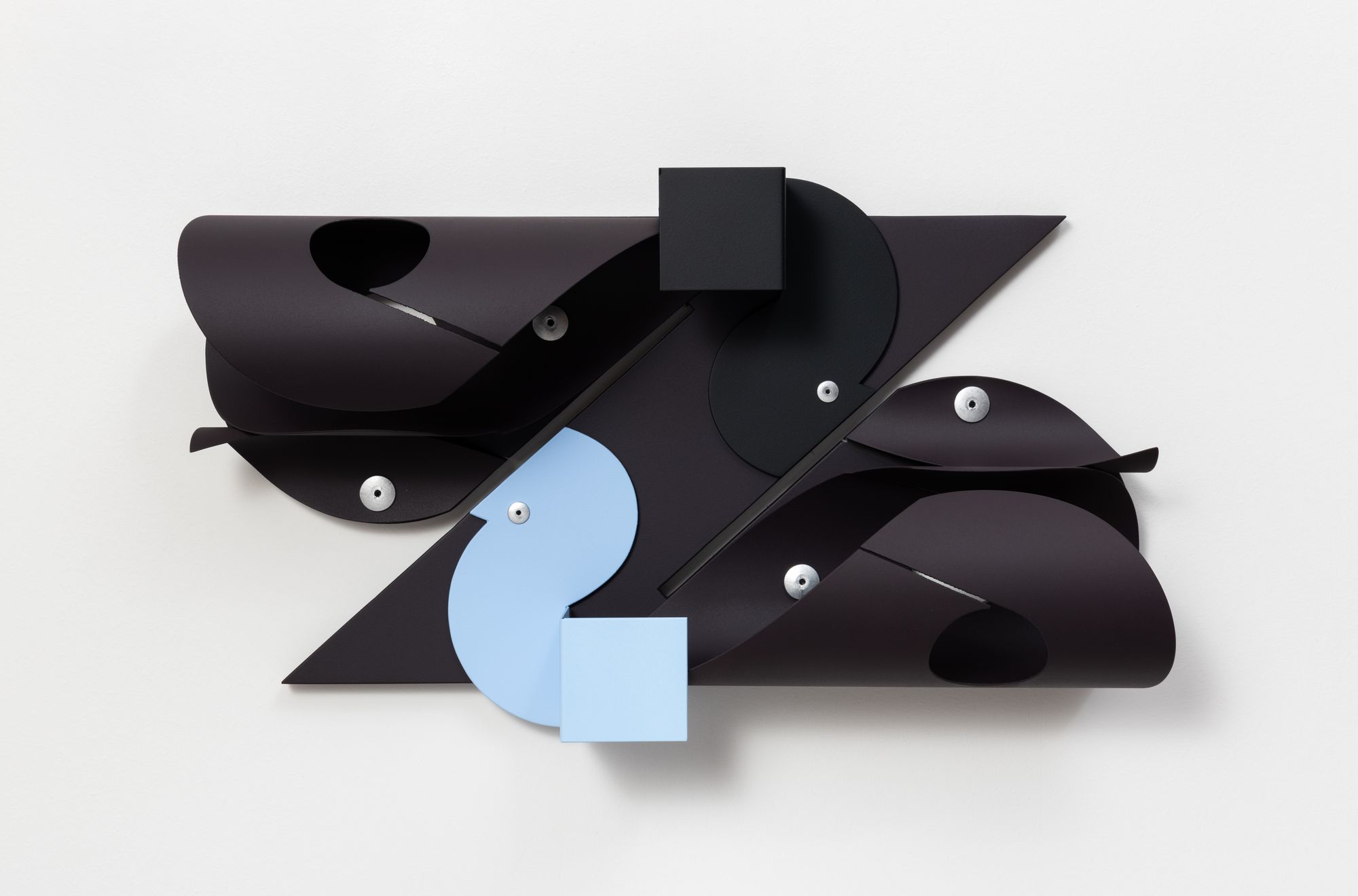
DOUBLE CUFF
Aluminum, aluminum rivets, silicone, and vinyl paint
9.25 x 16 x 4.25 inches
2021
Publications
